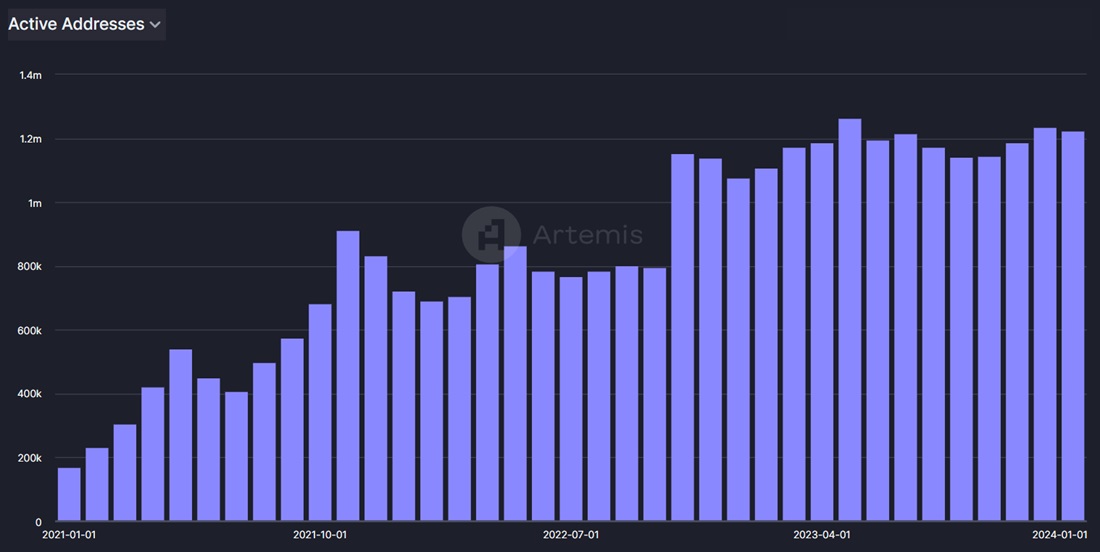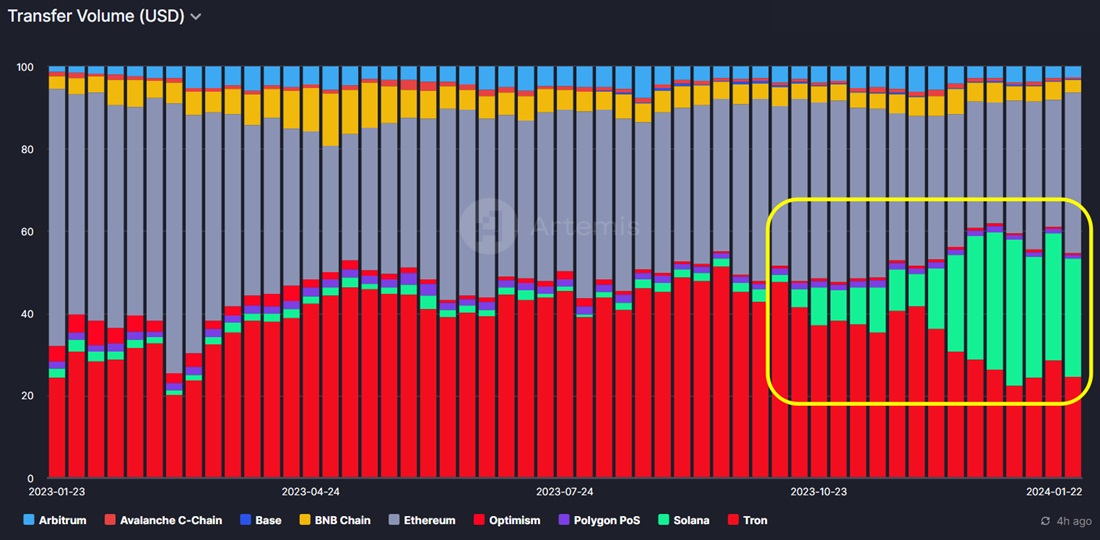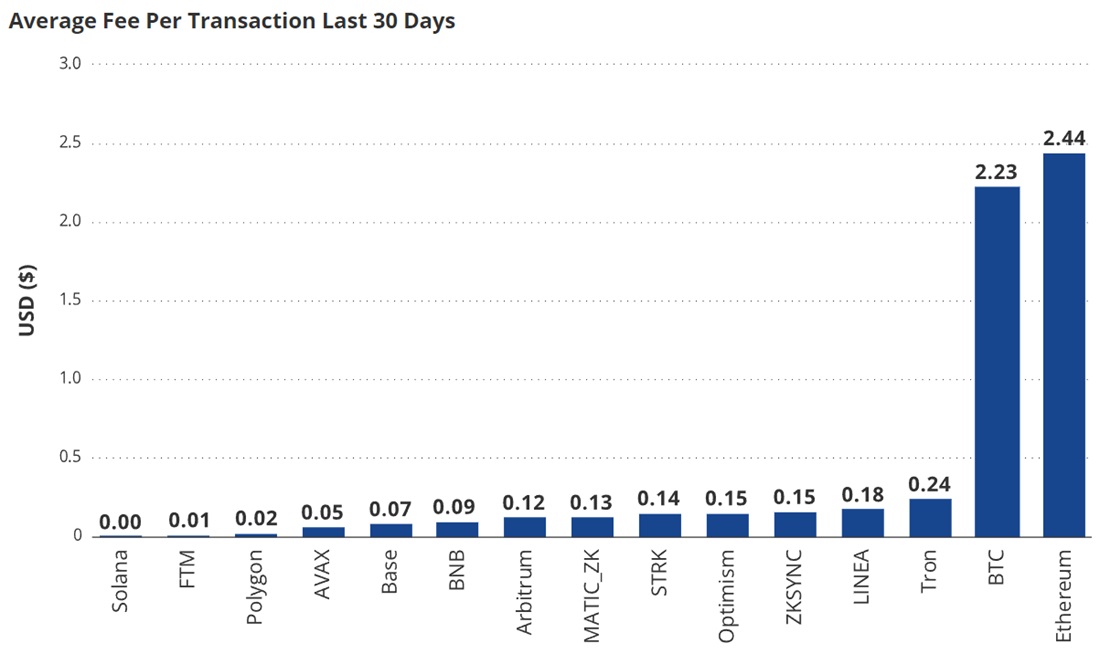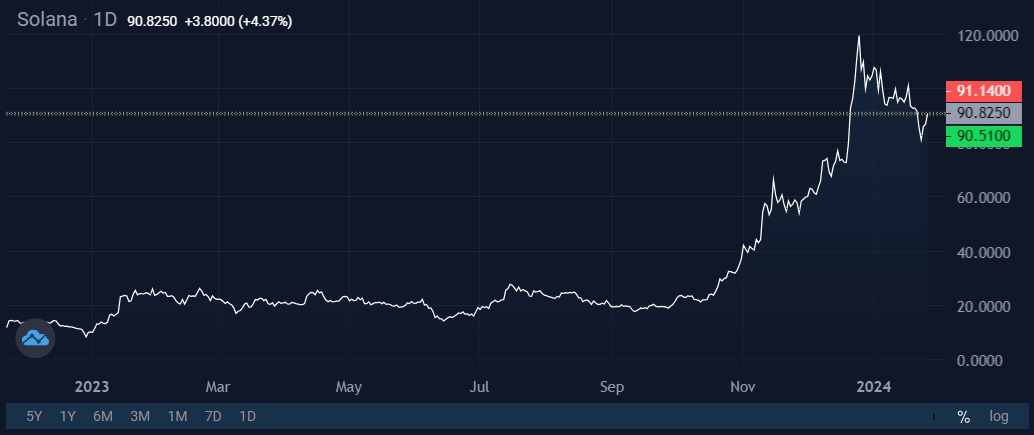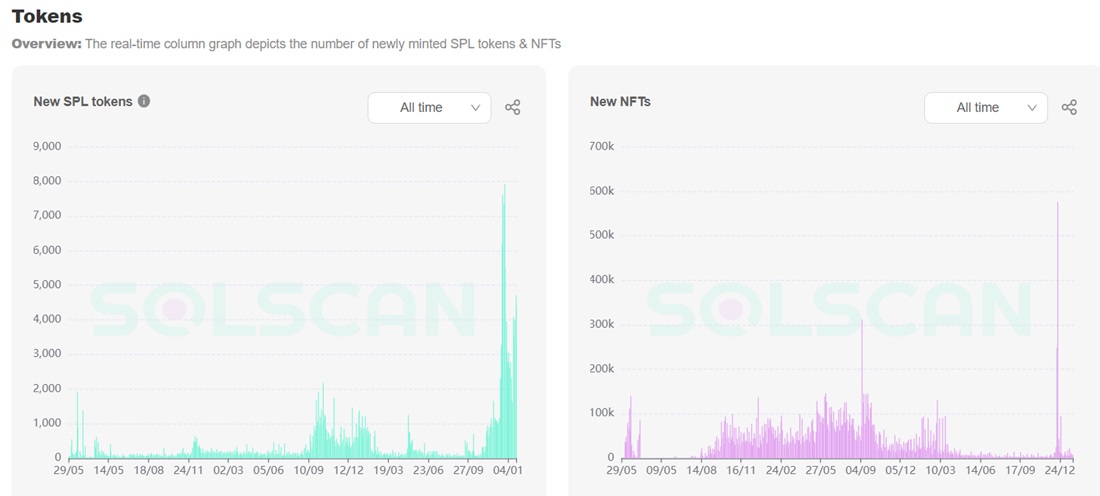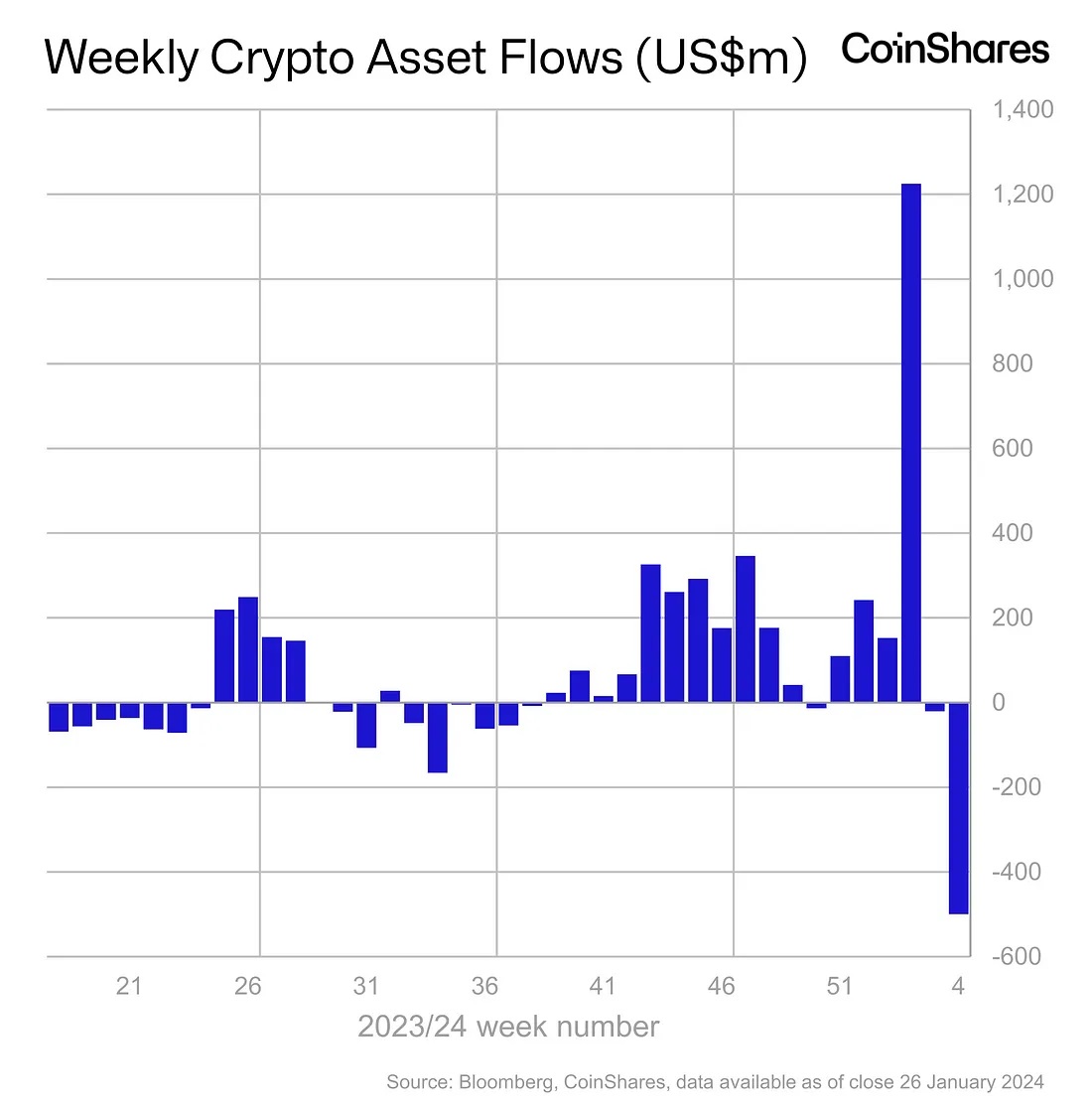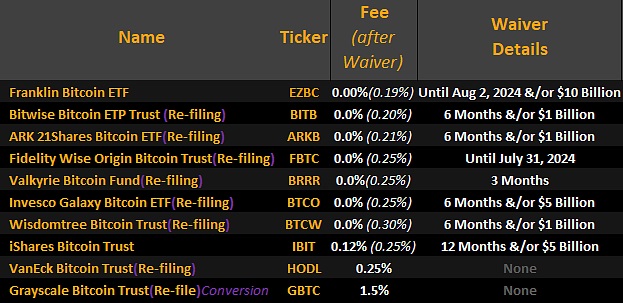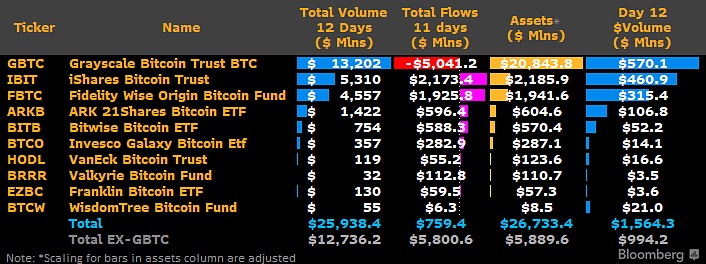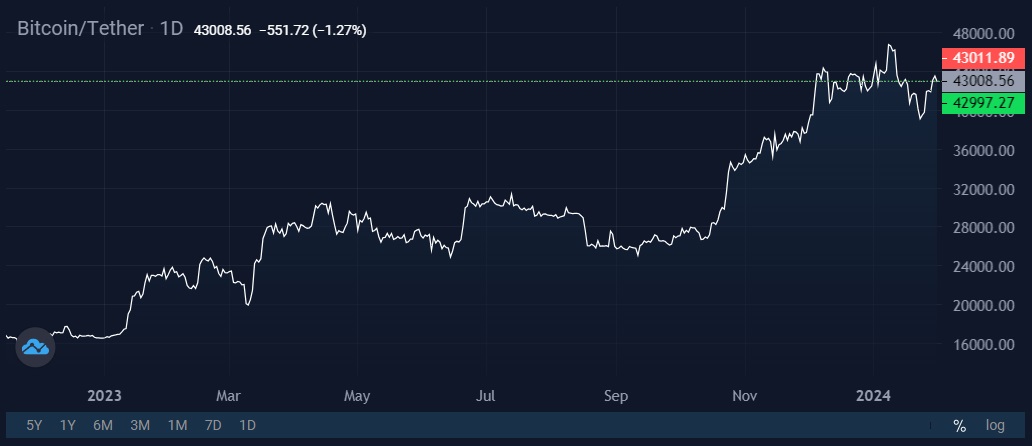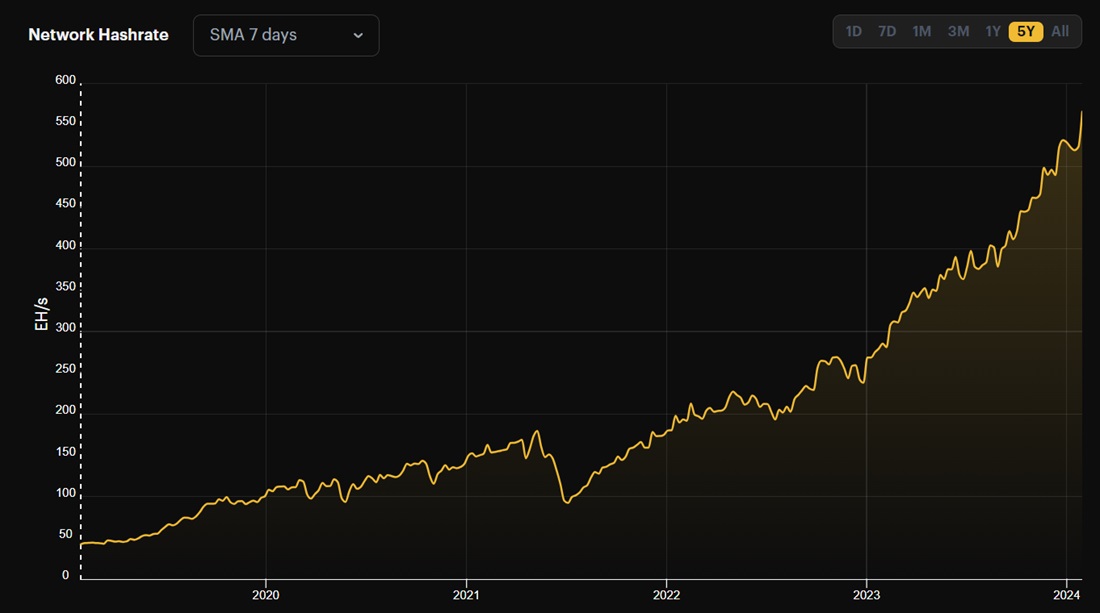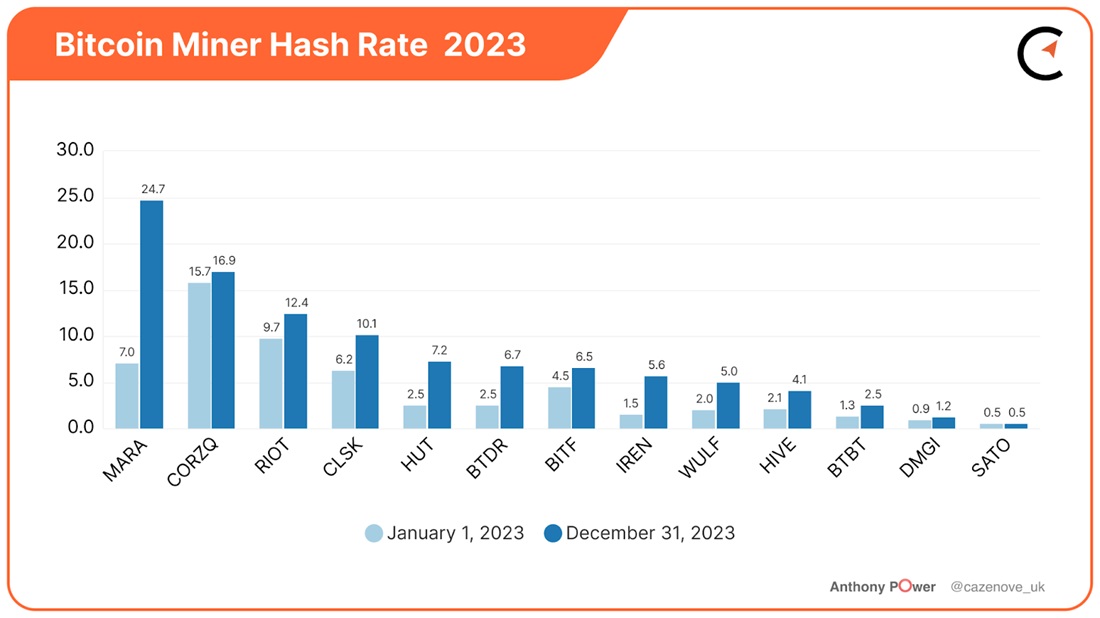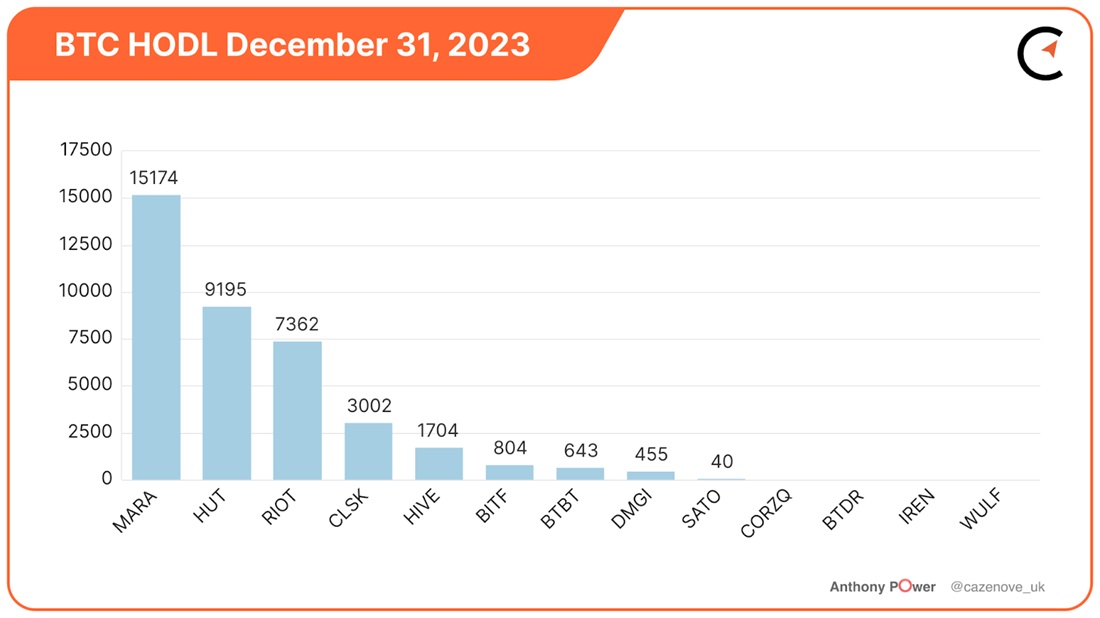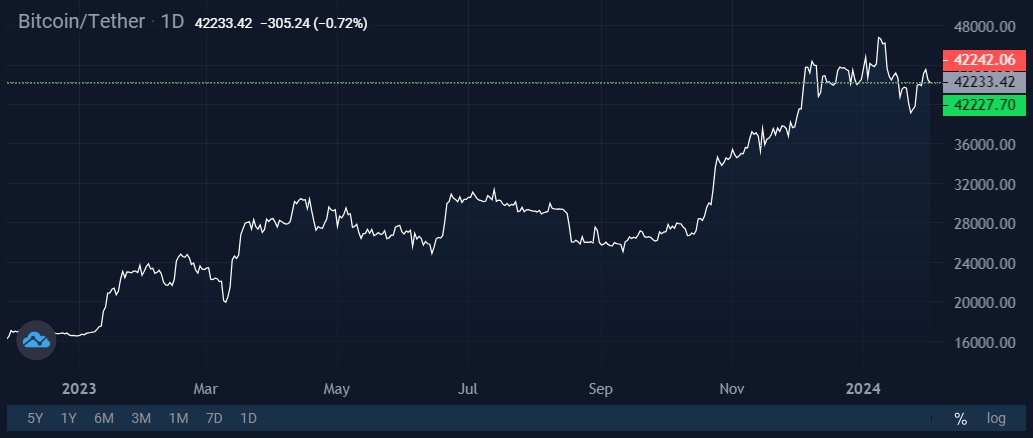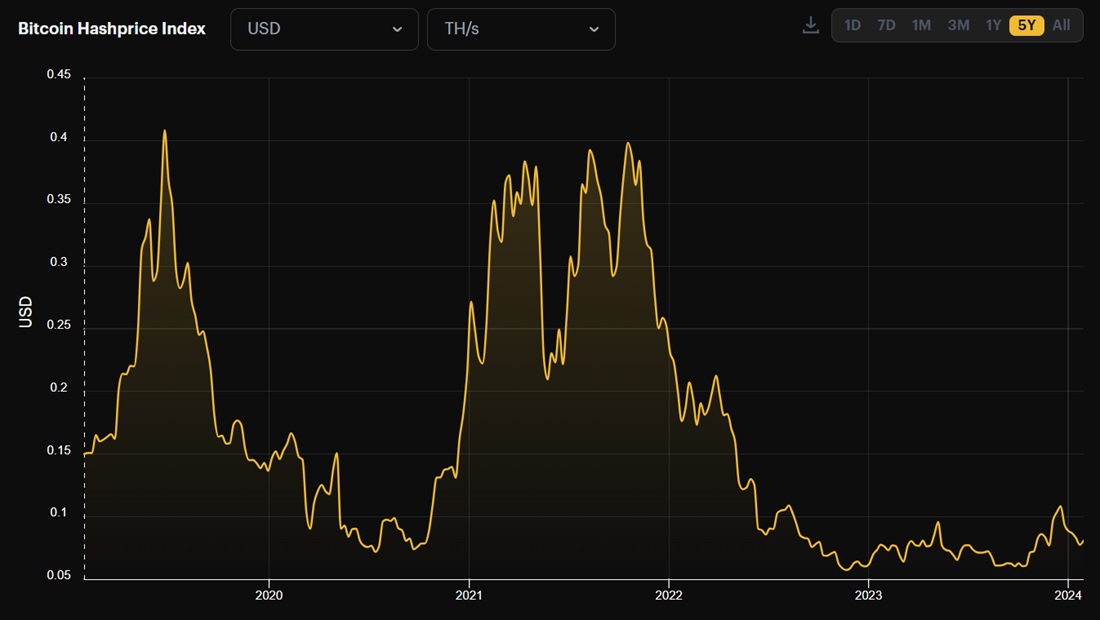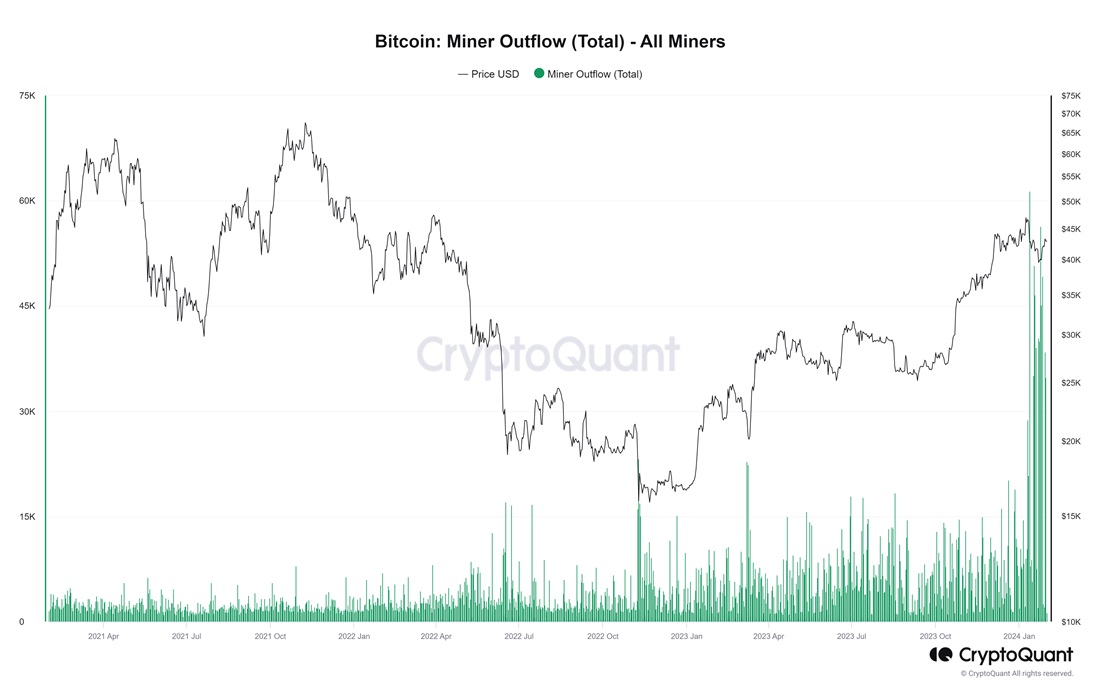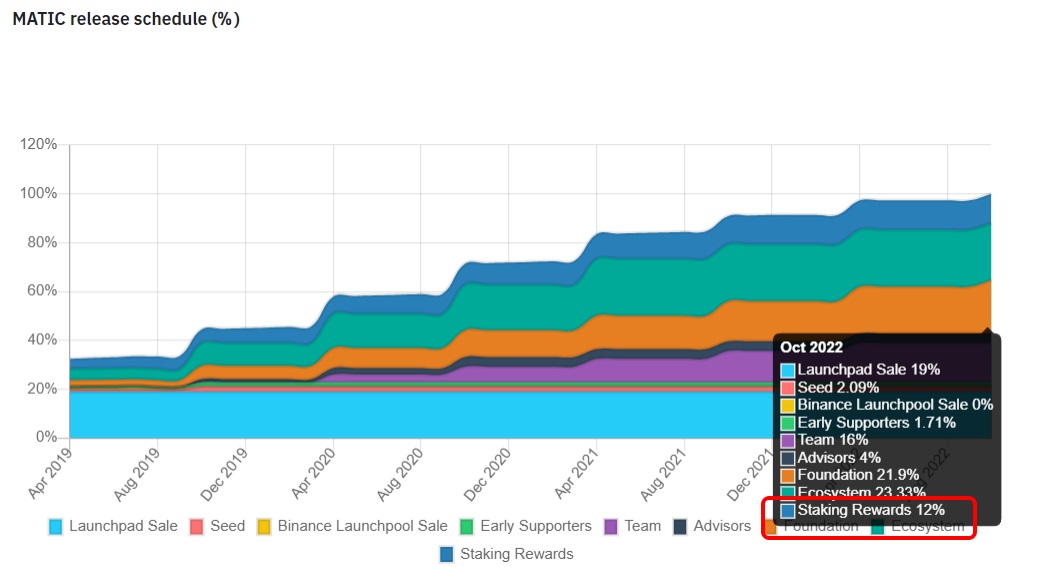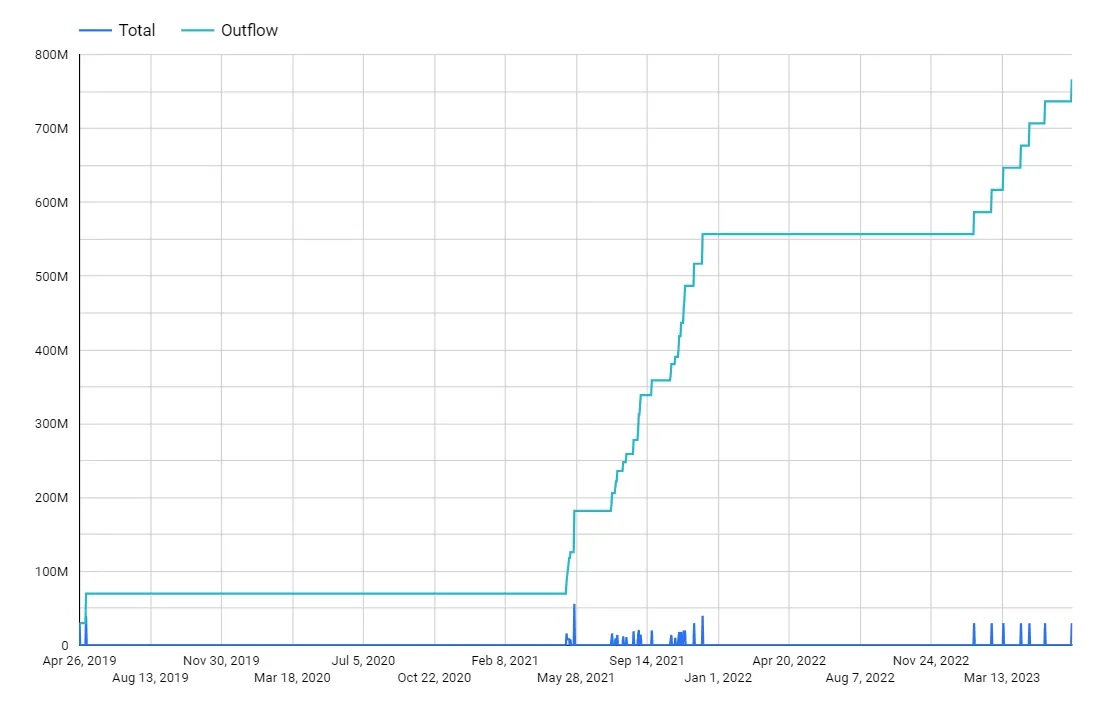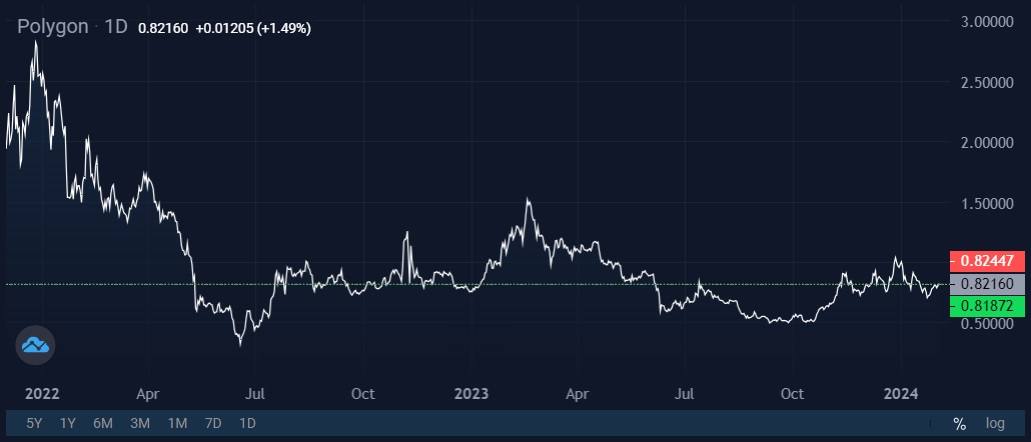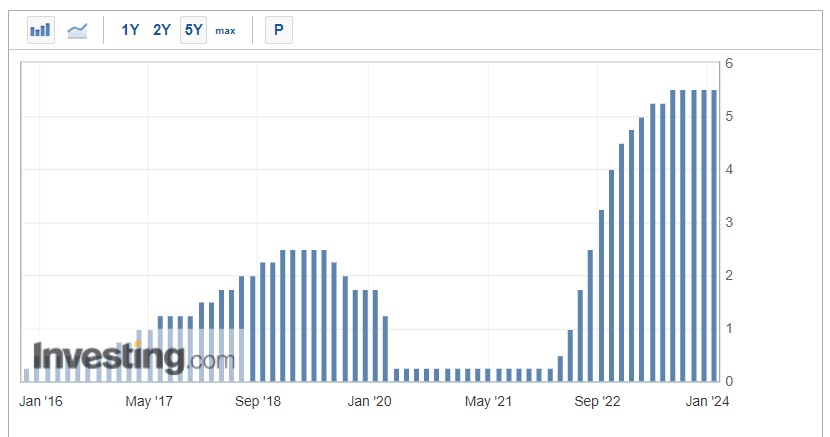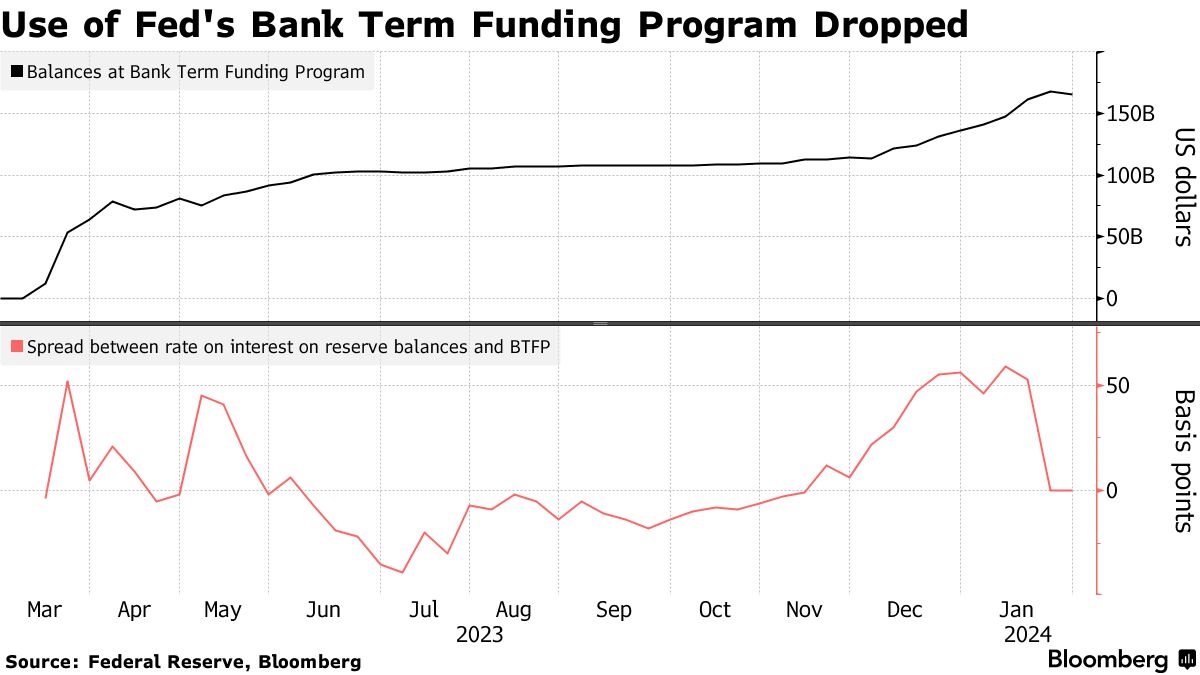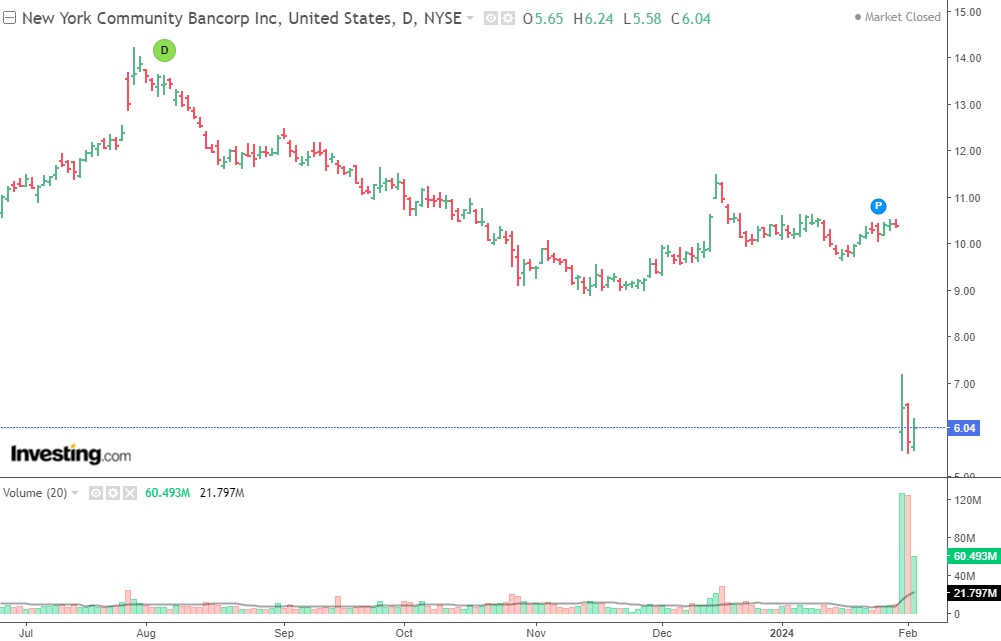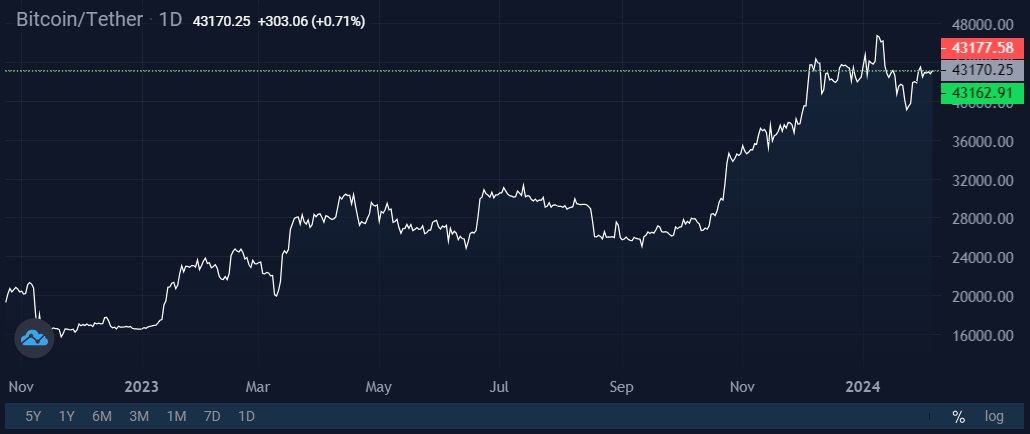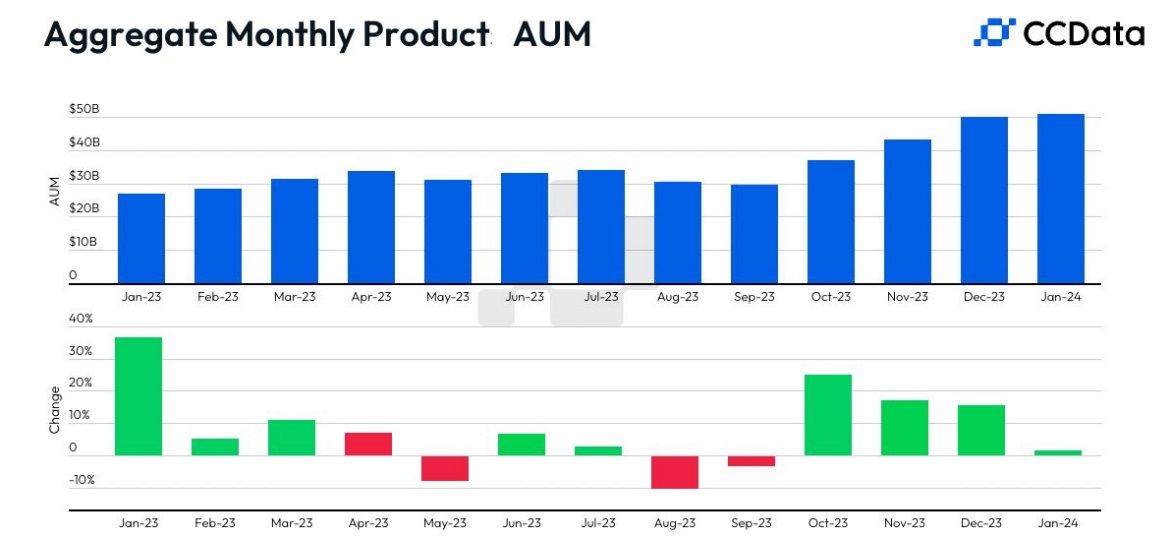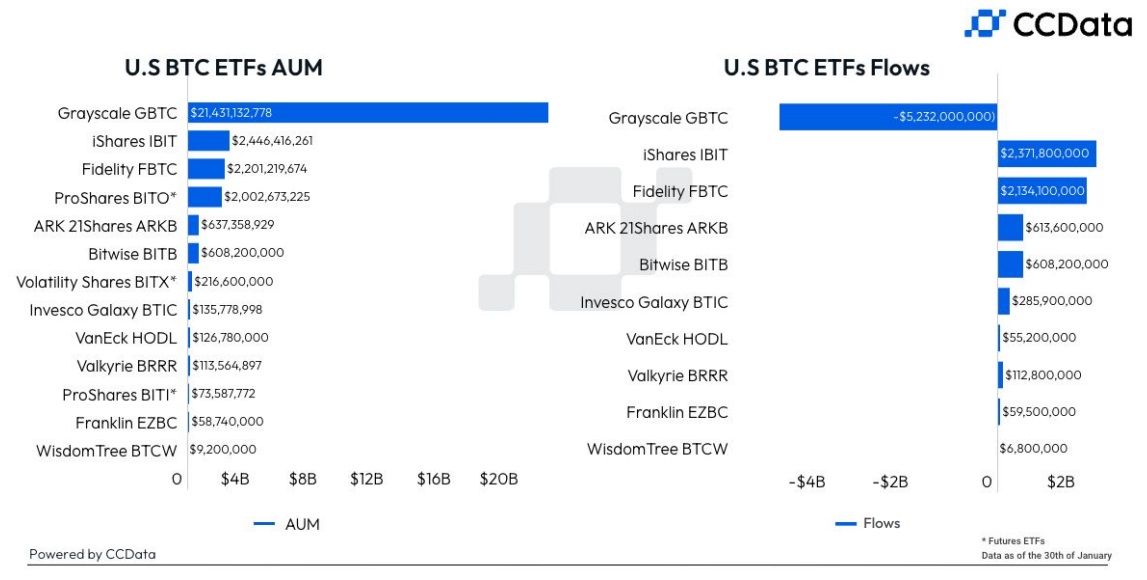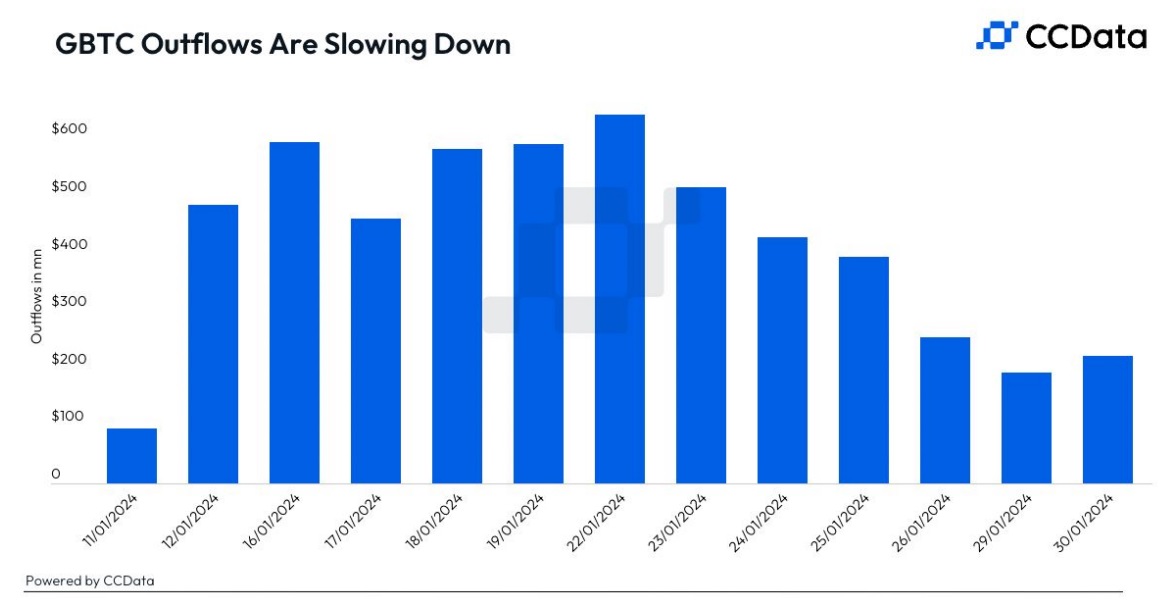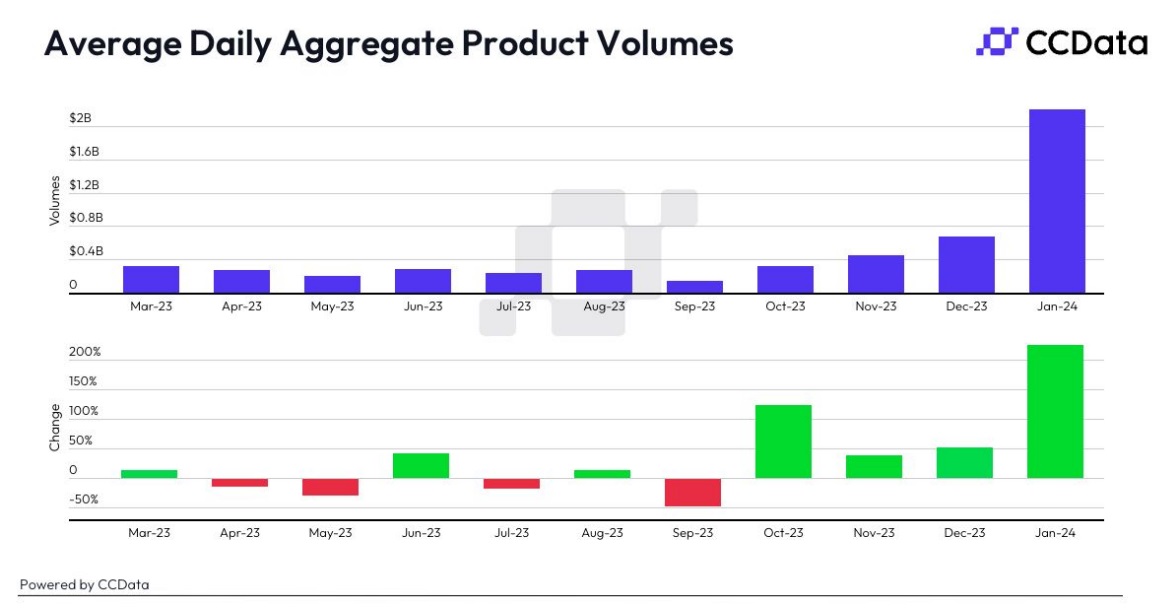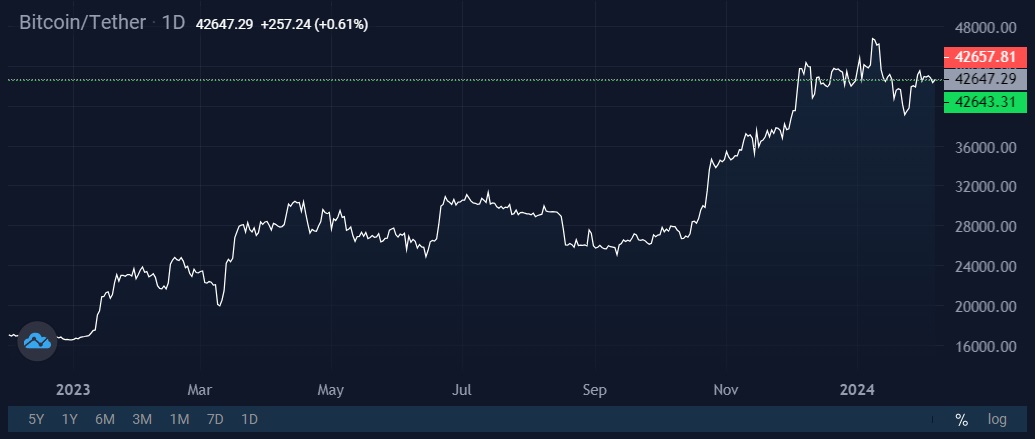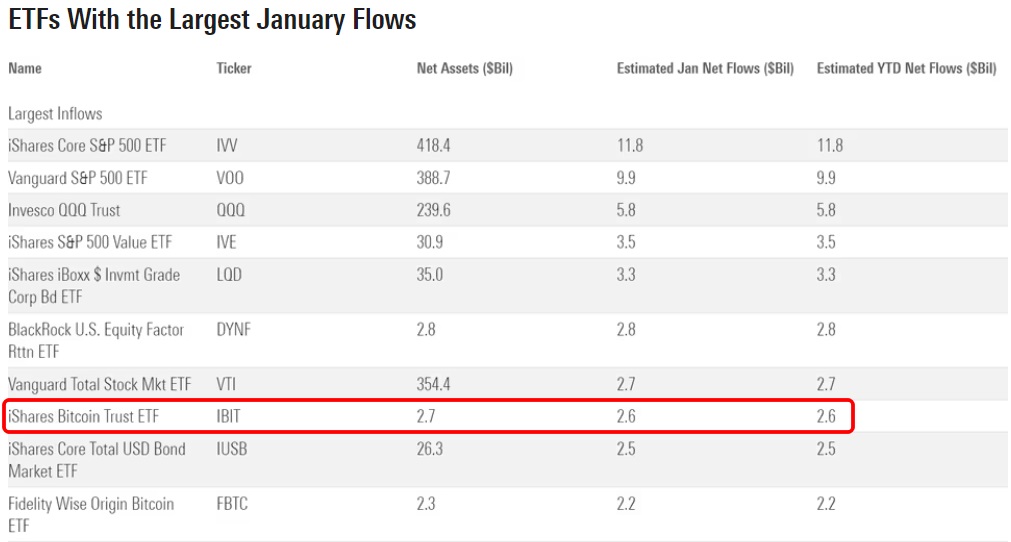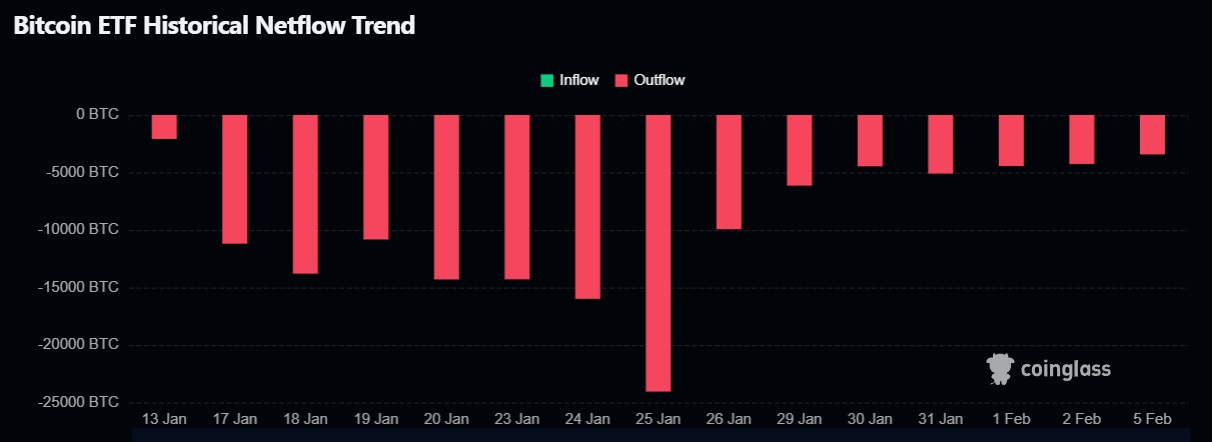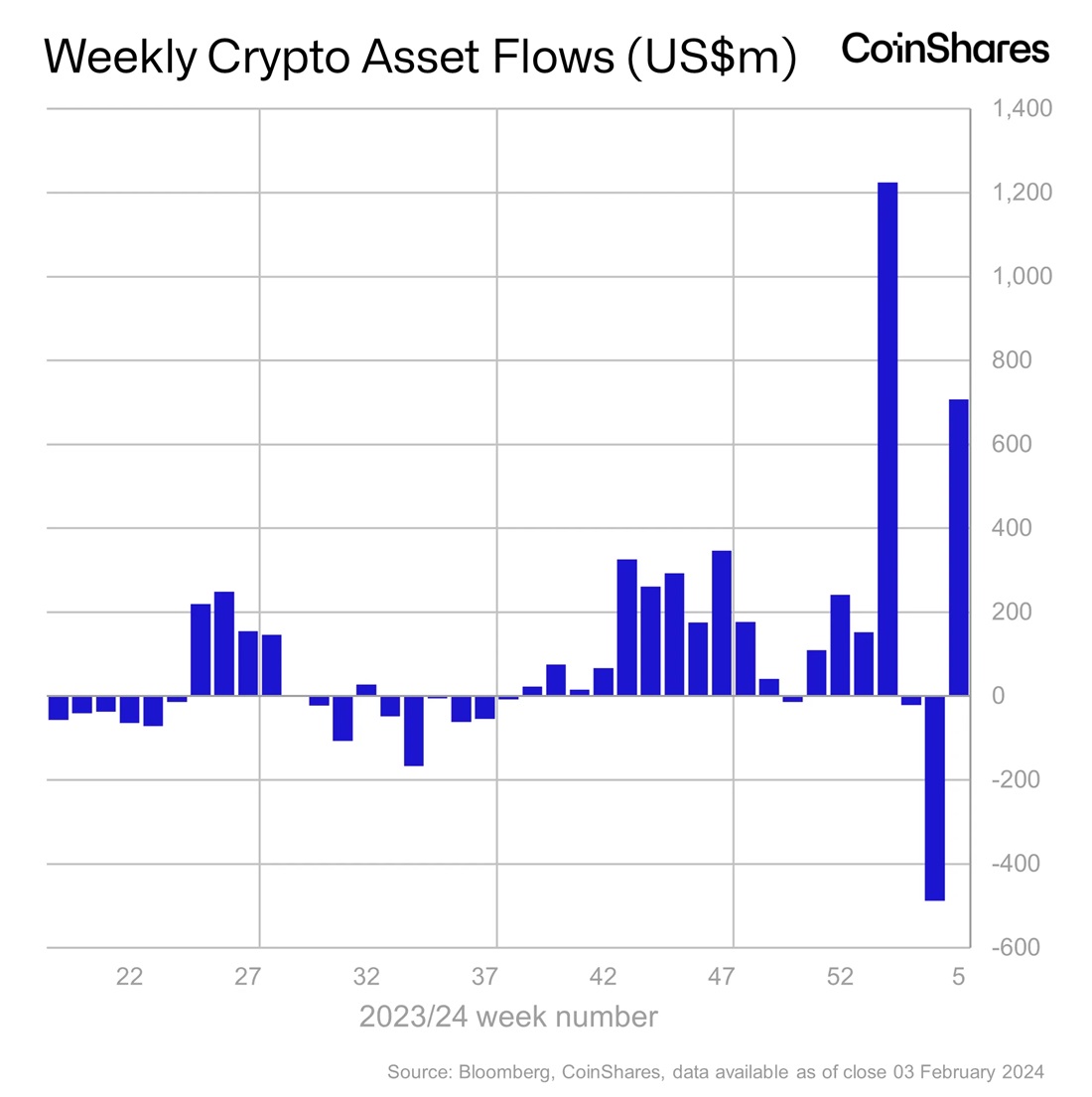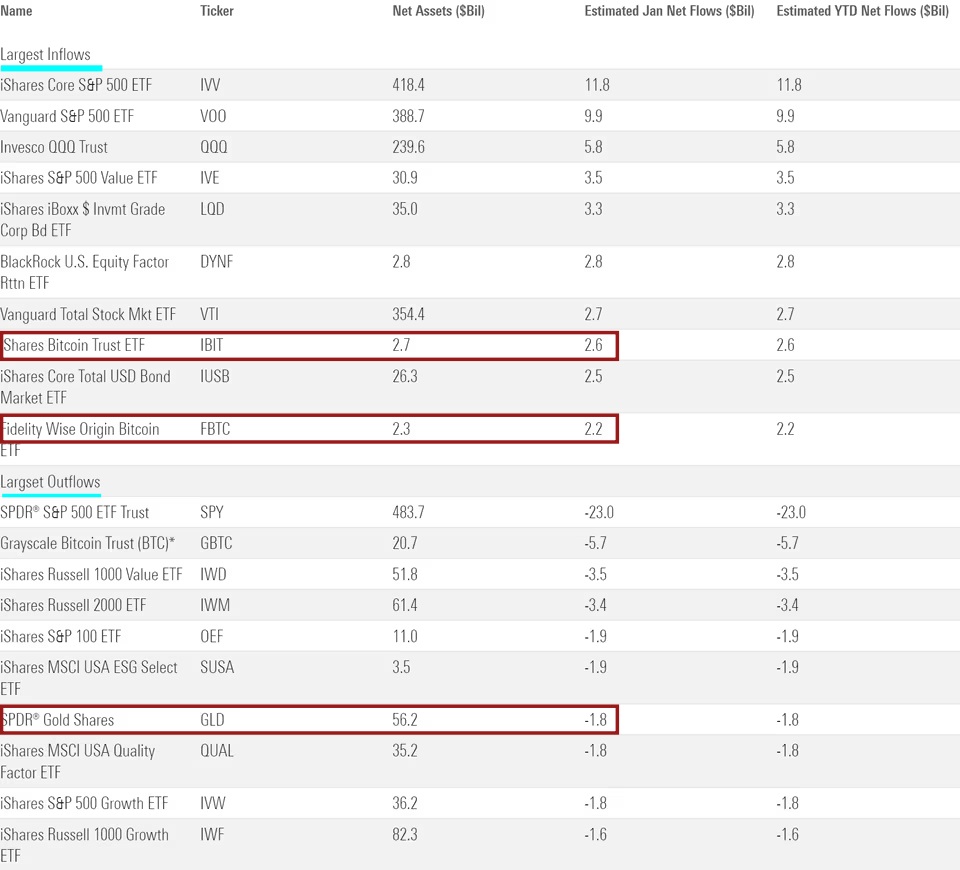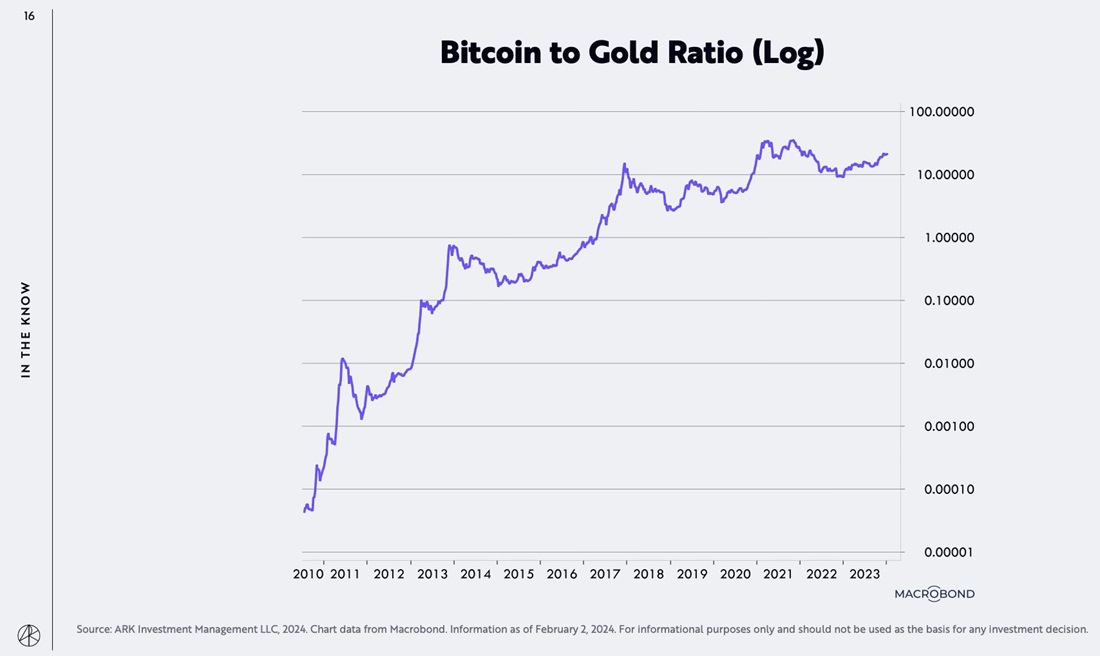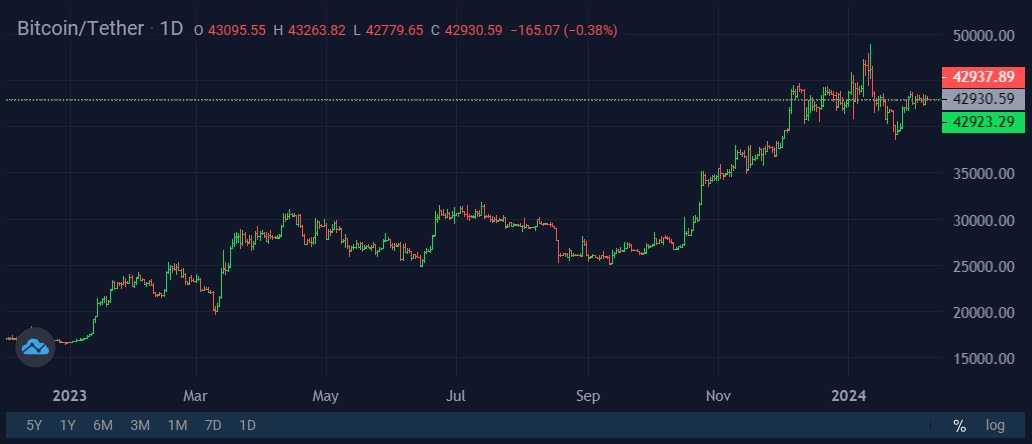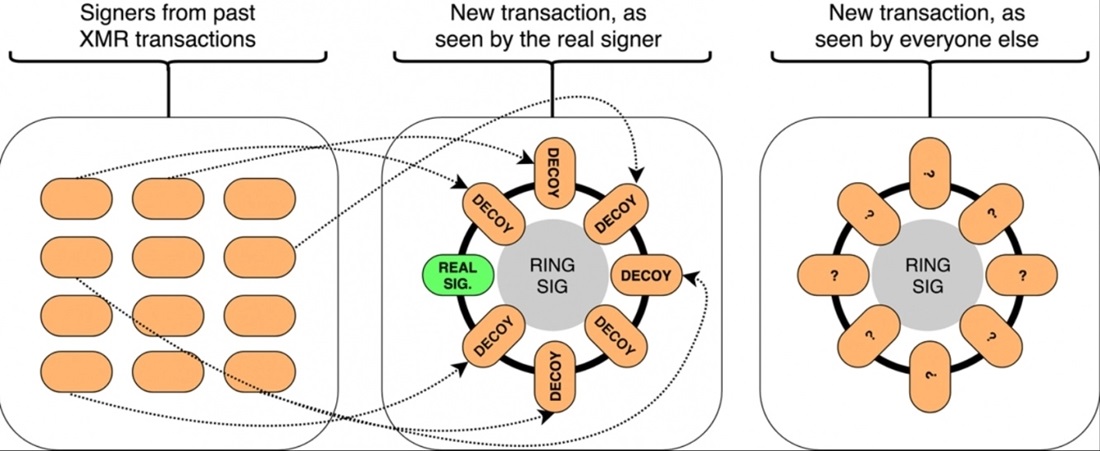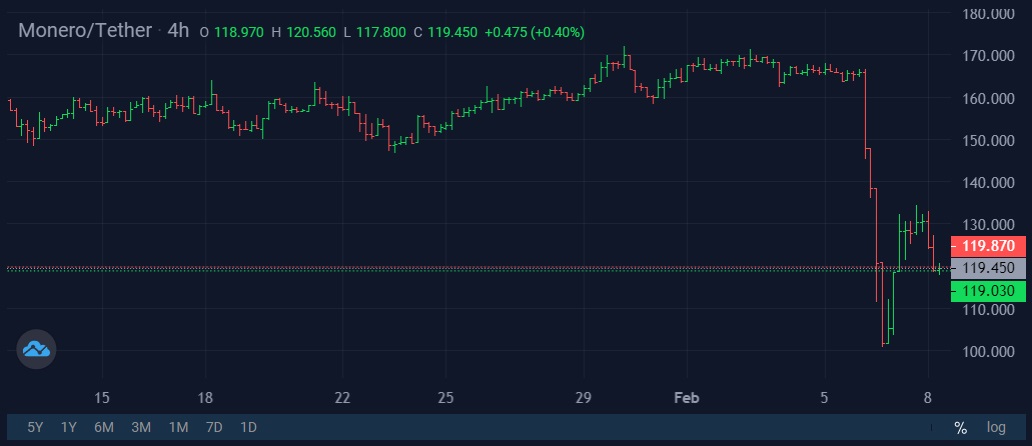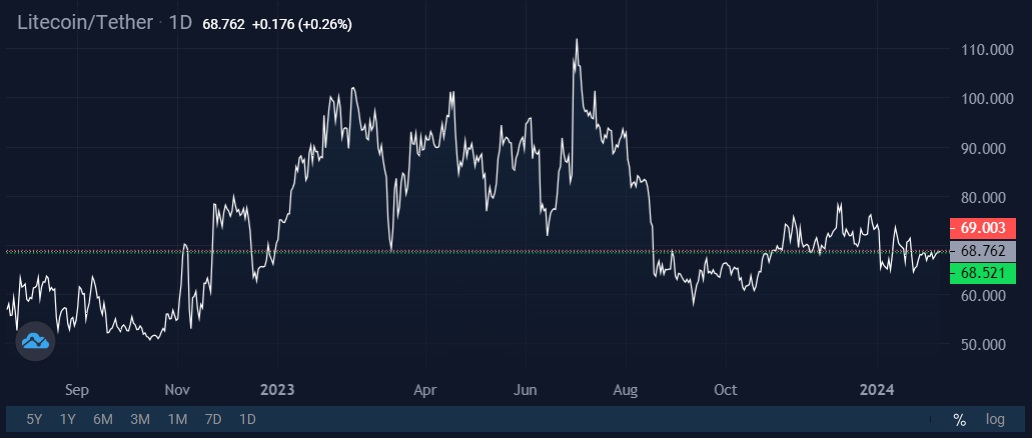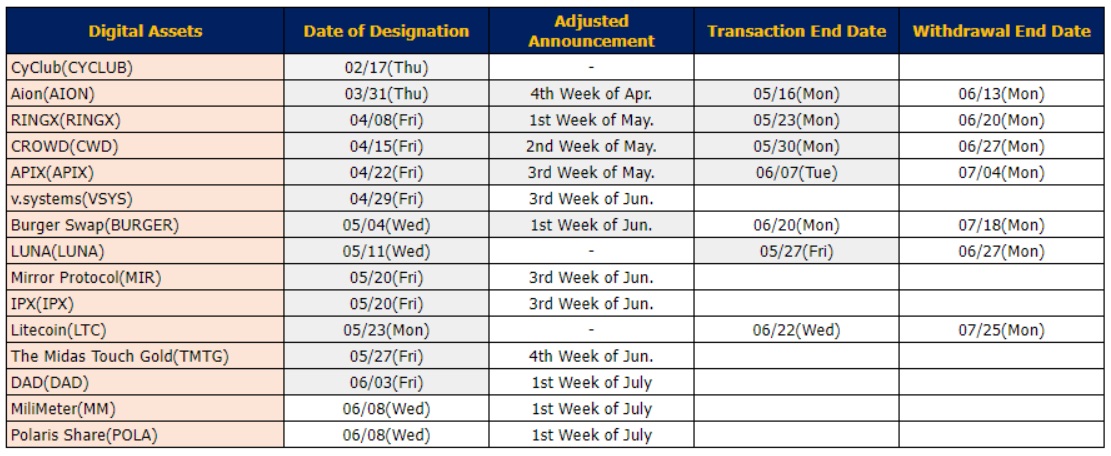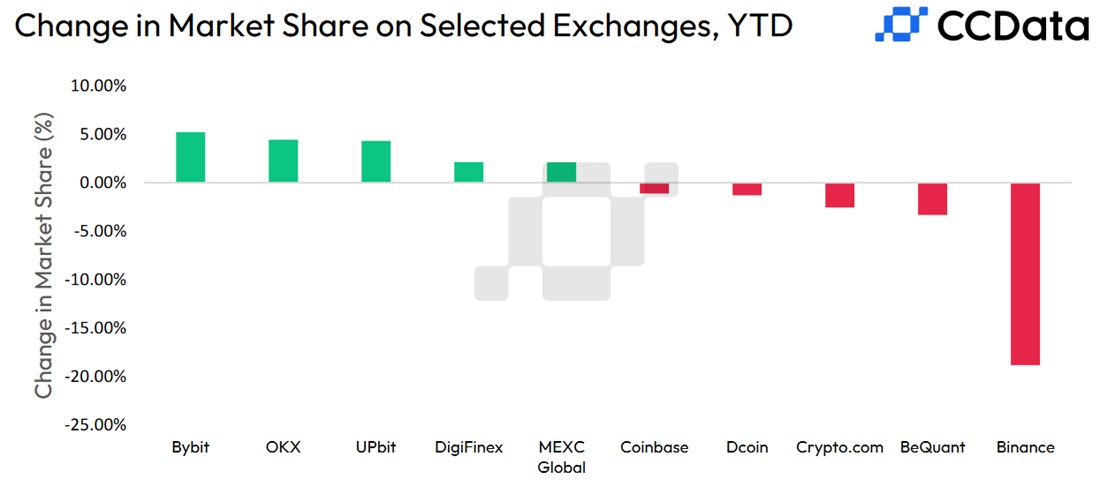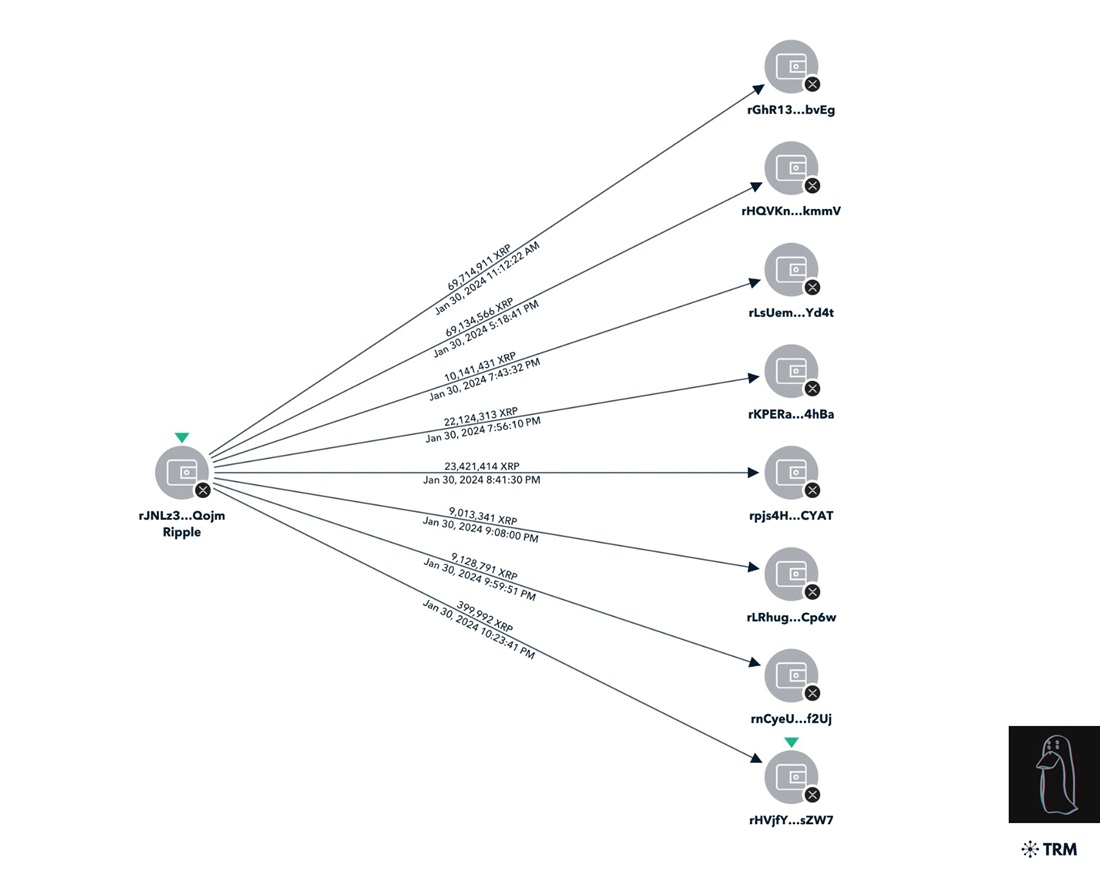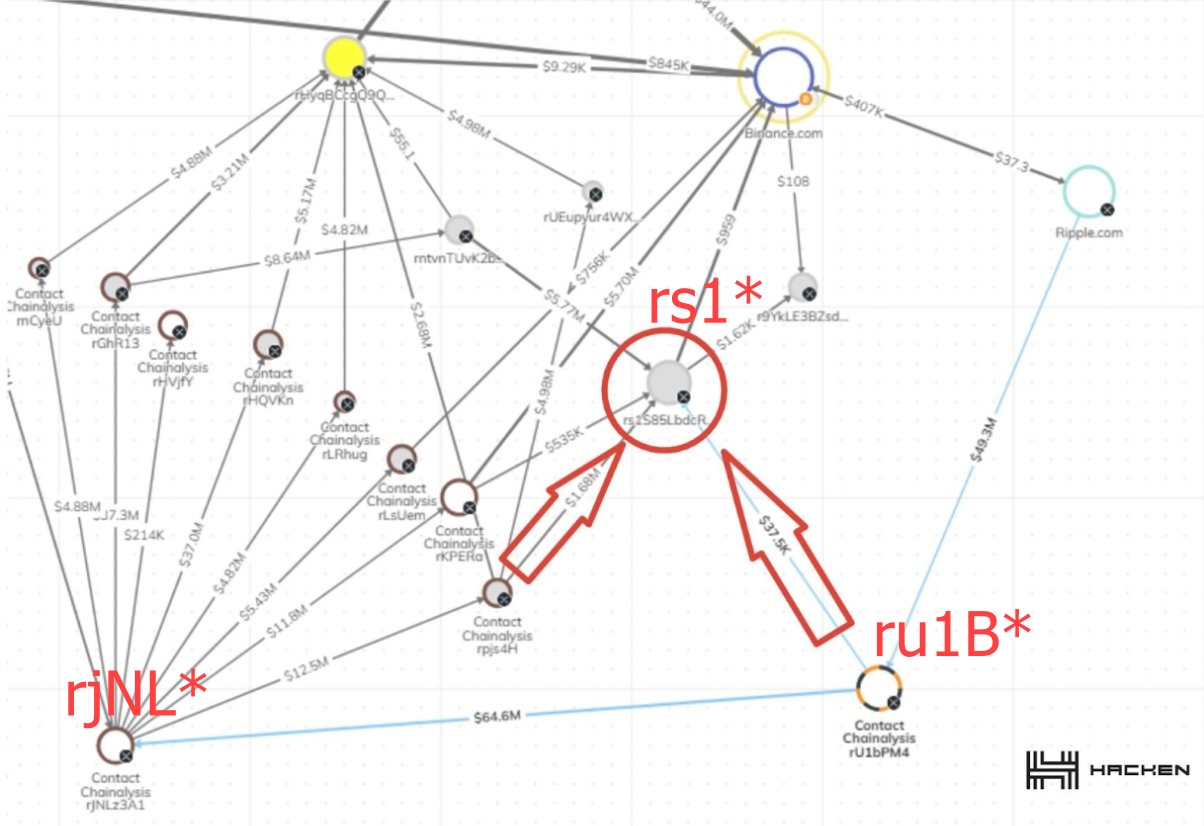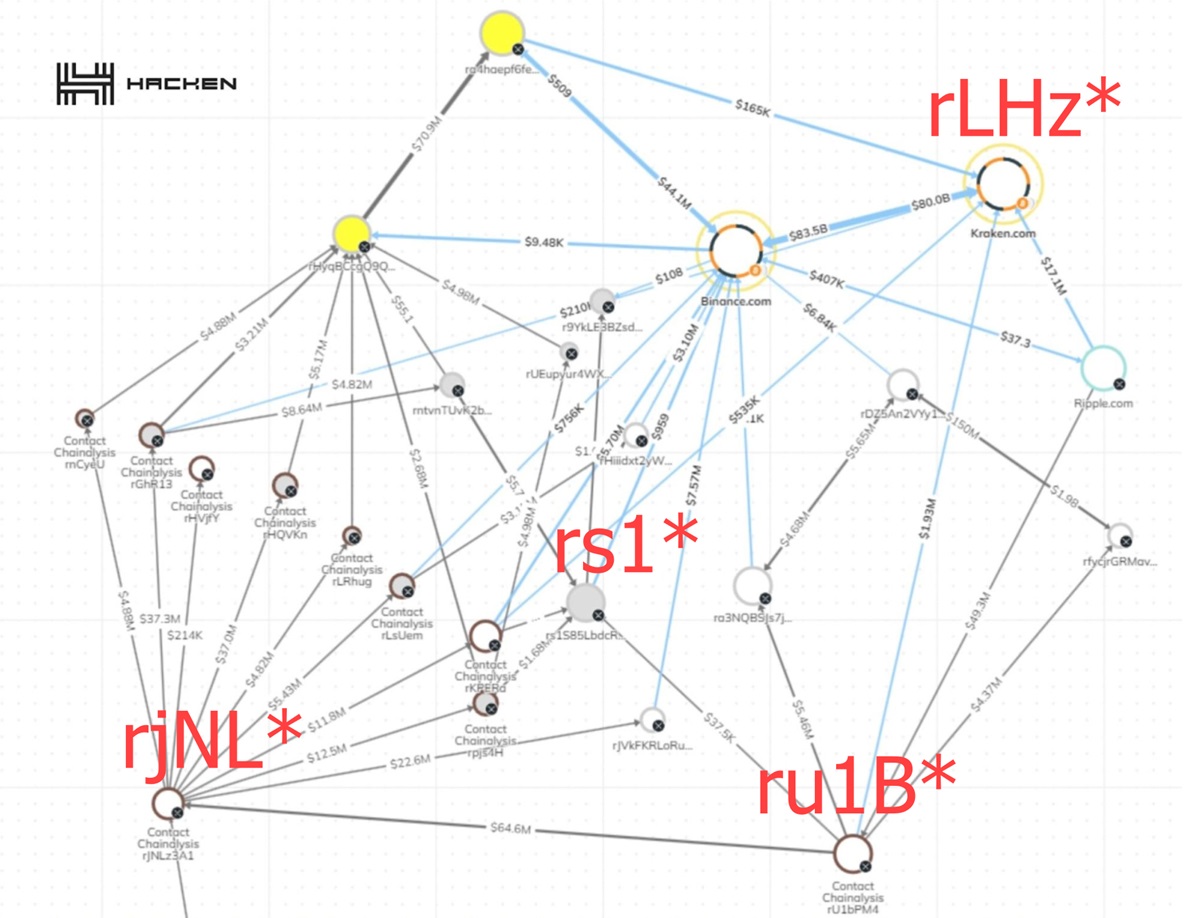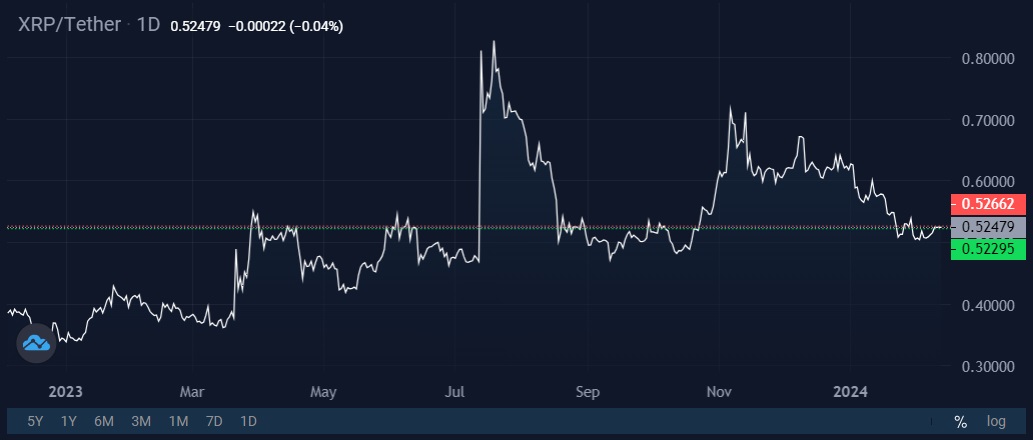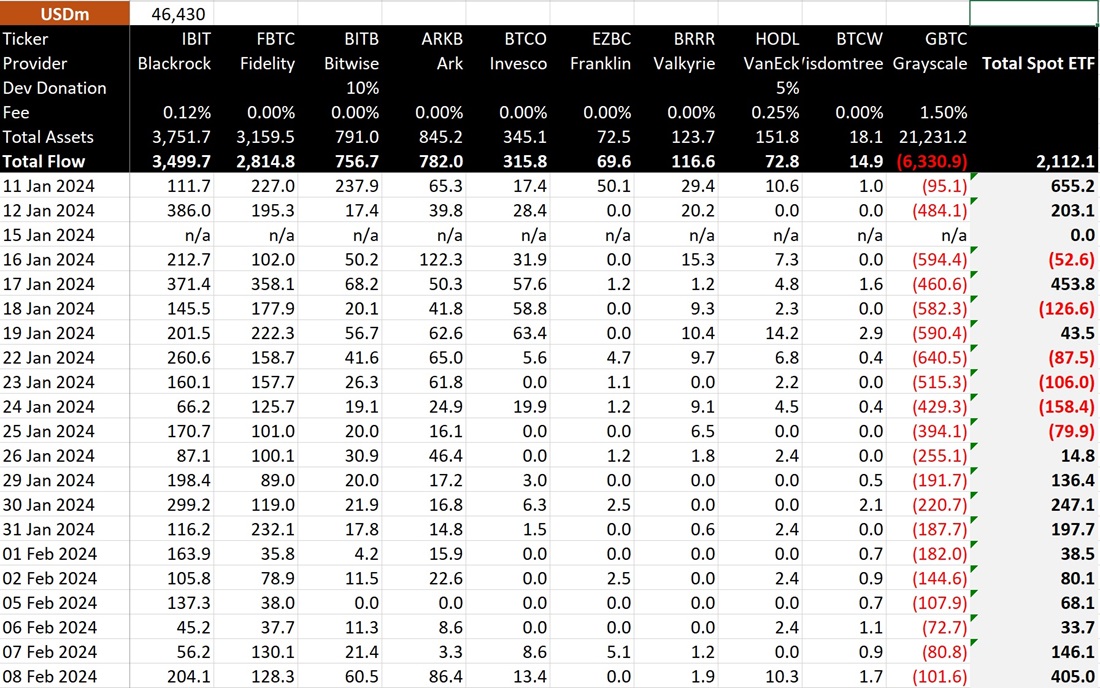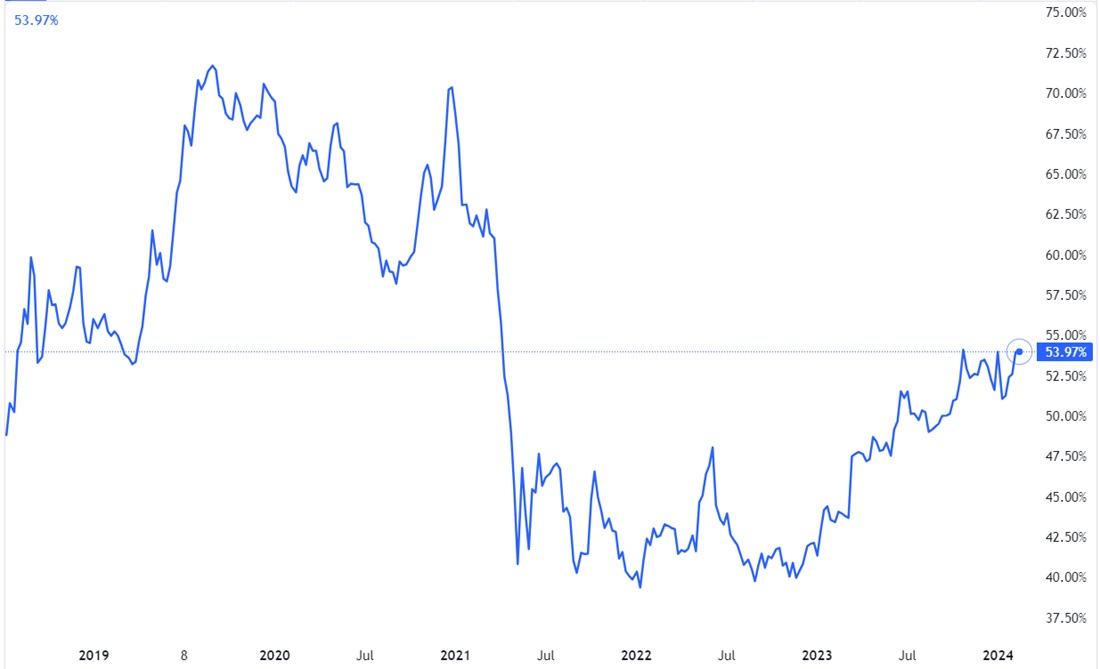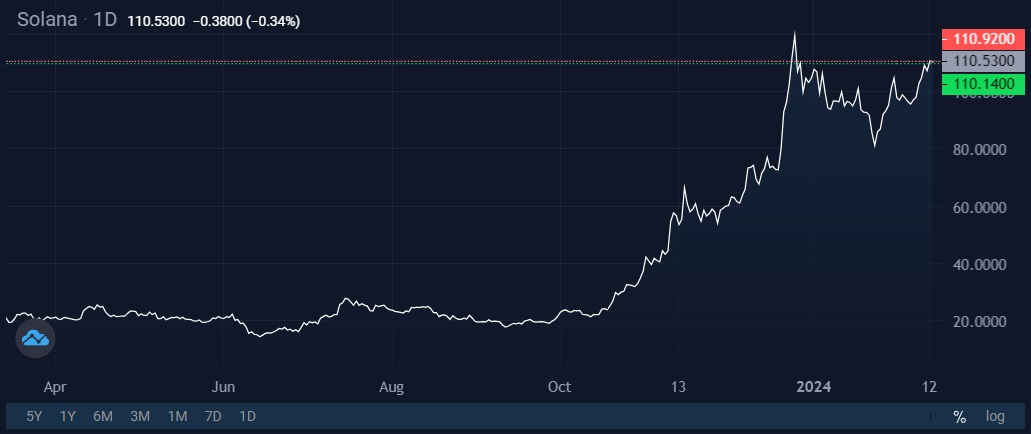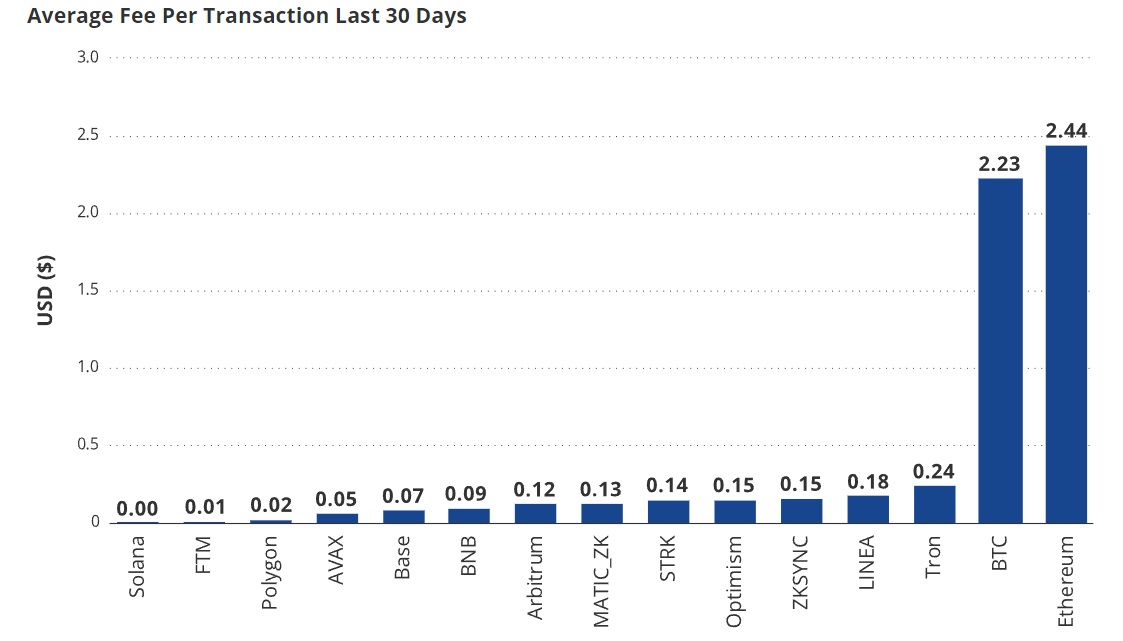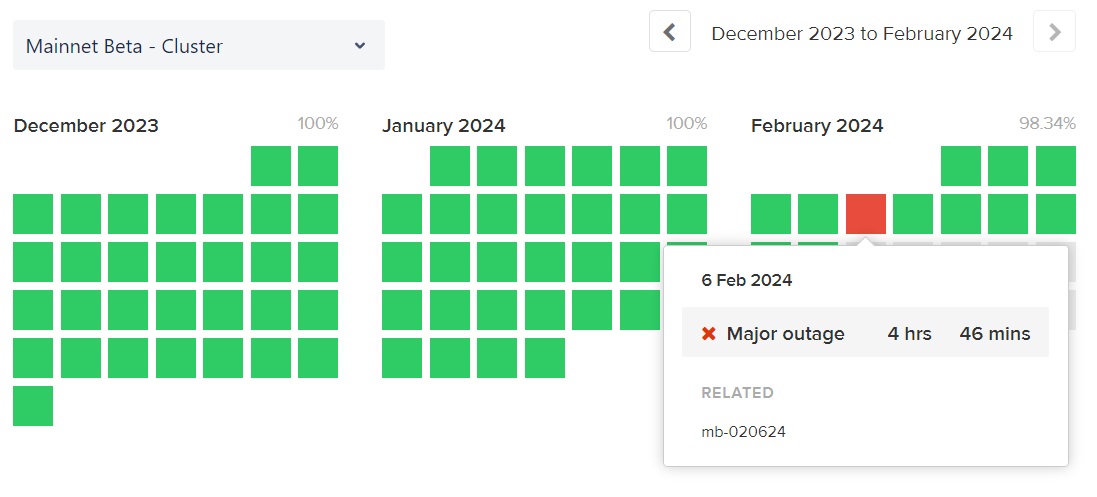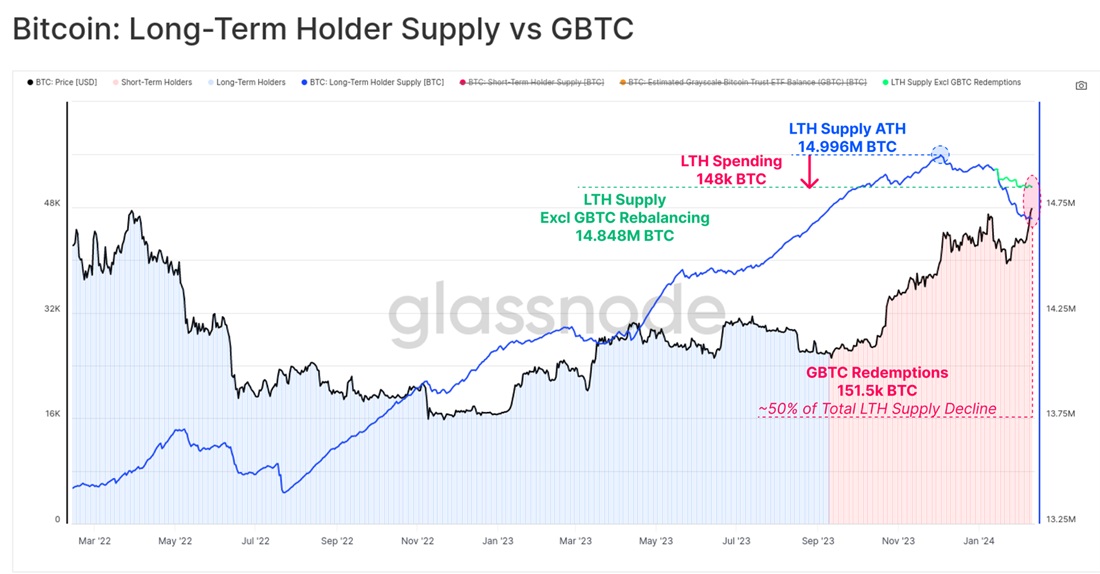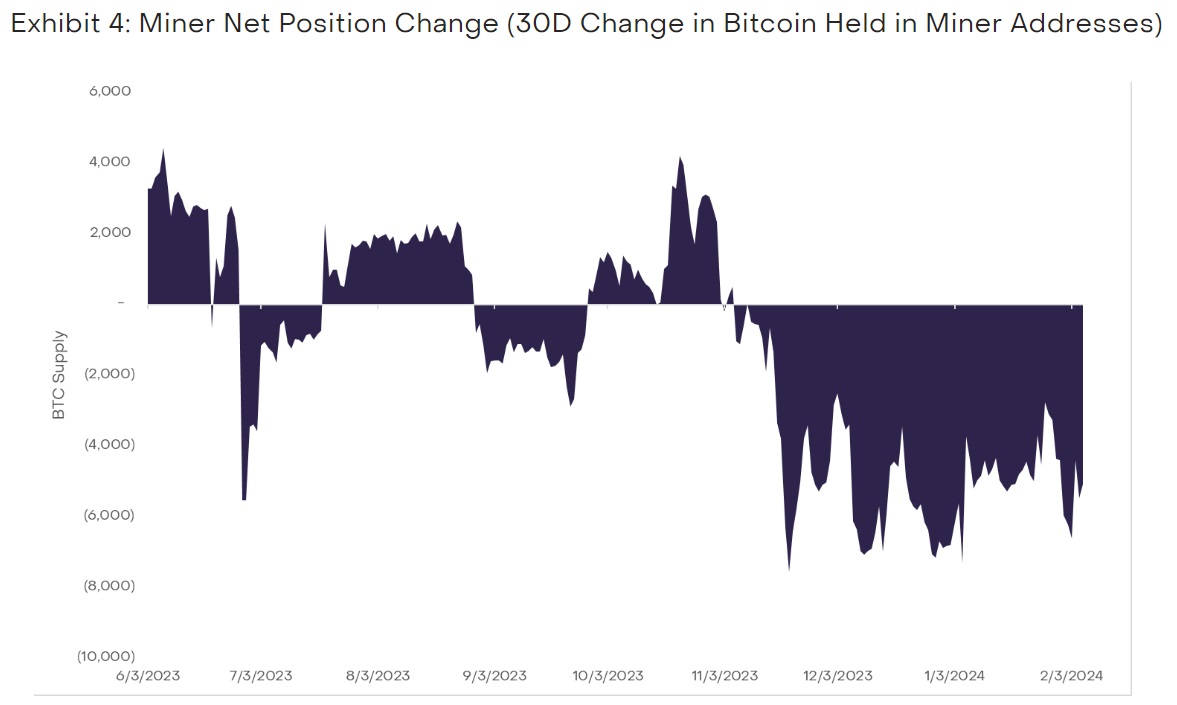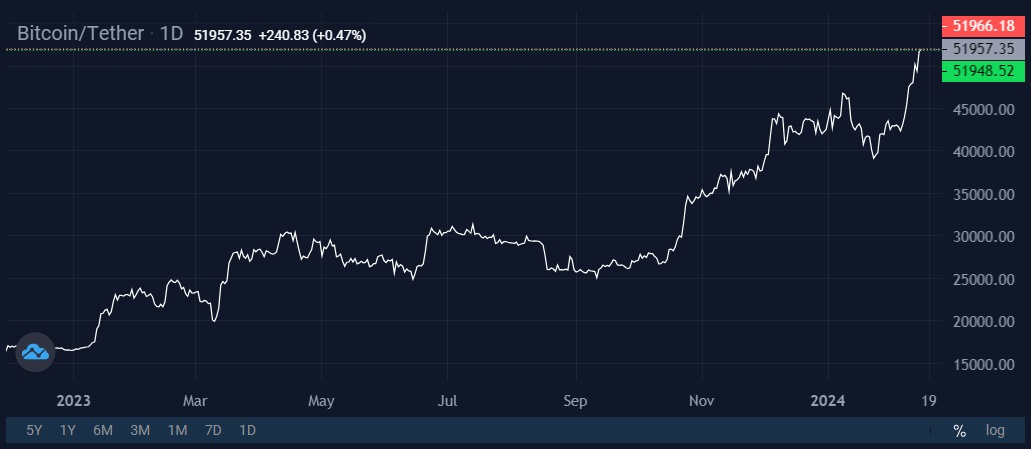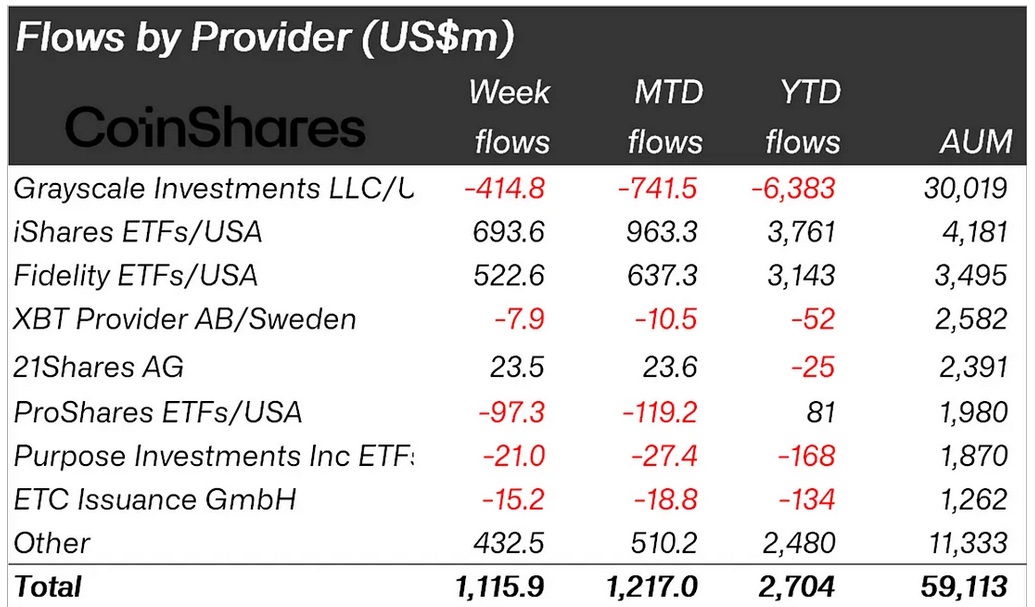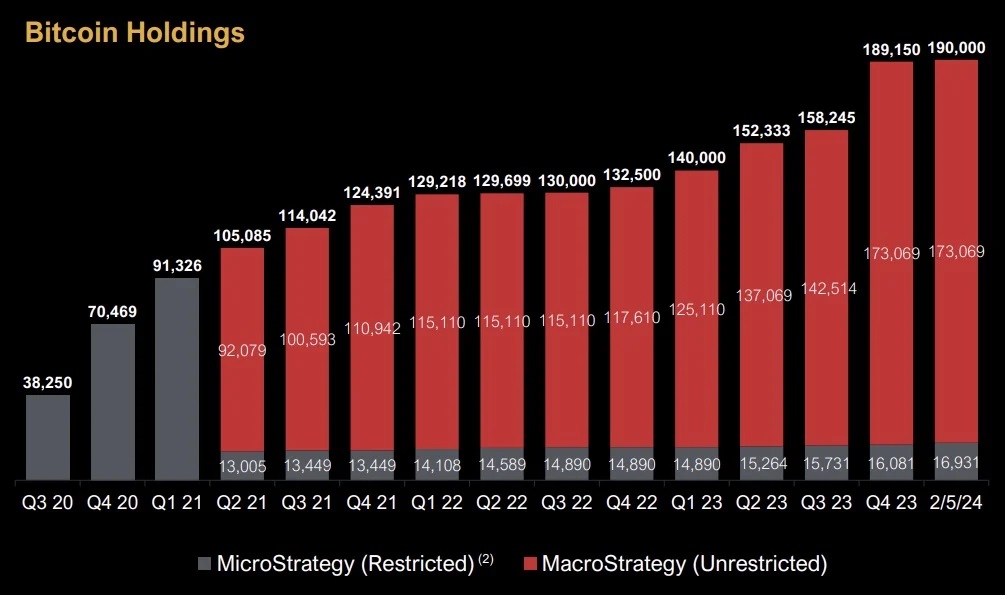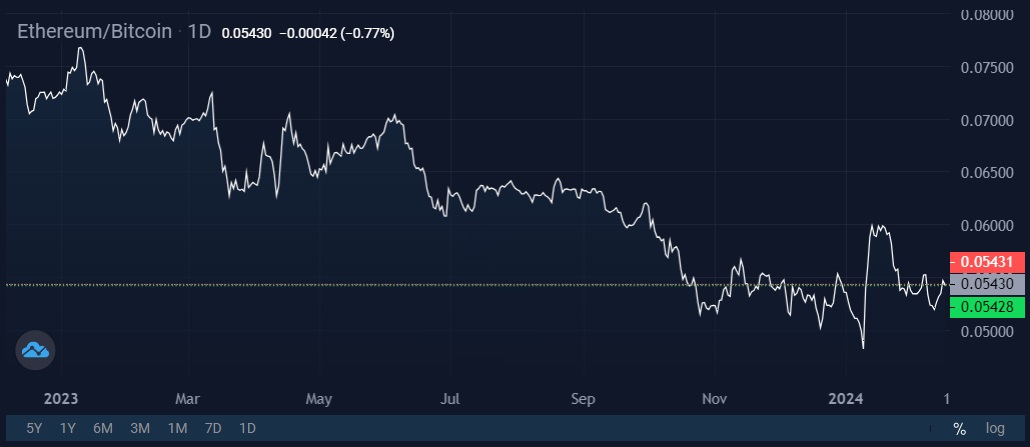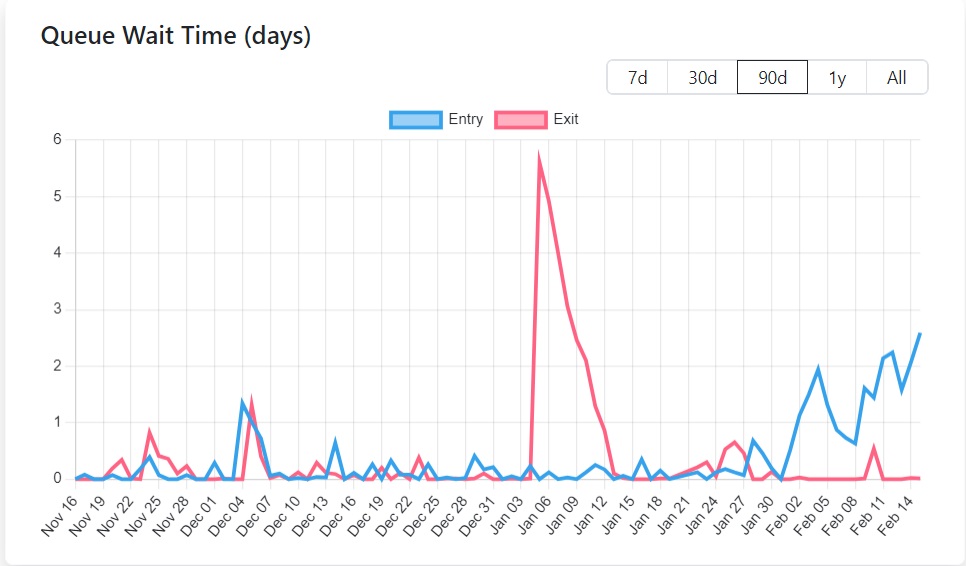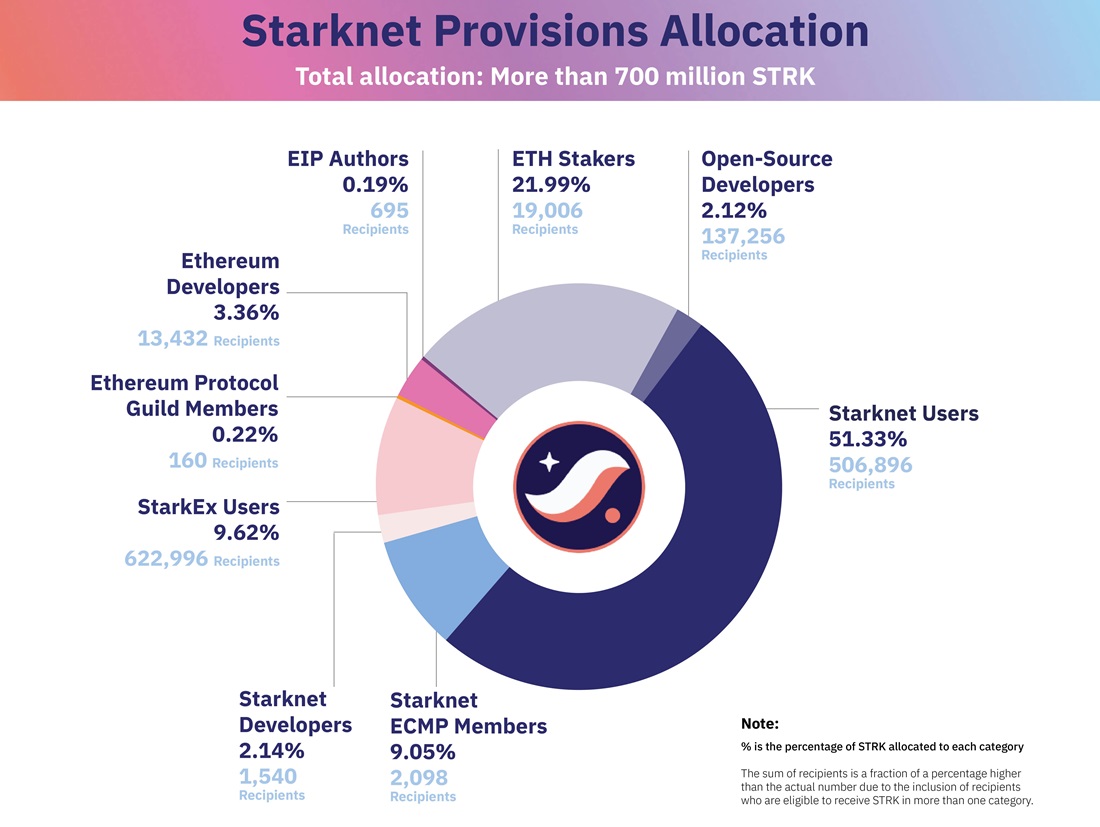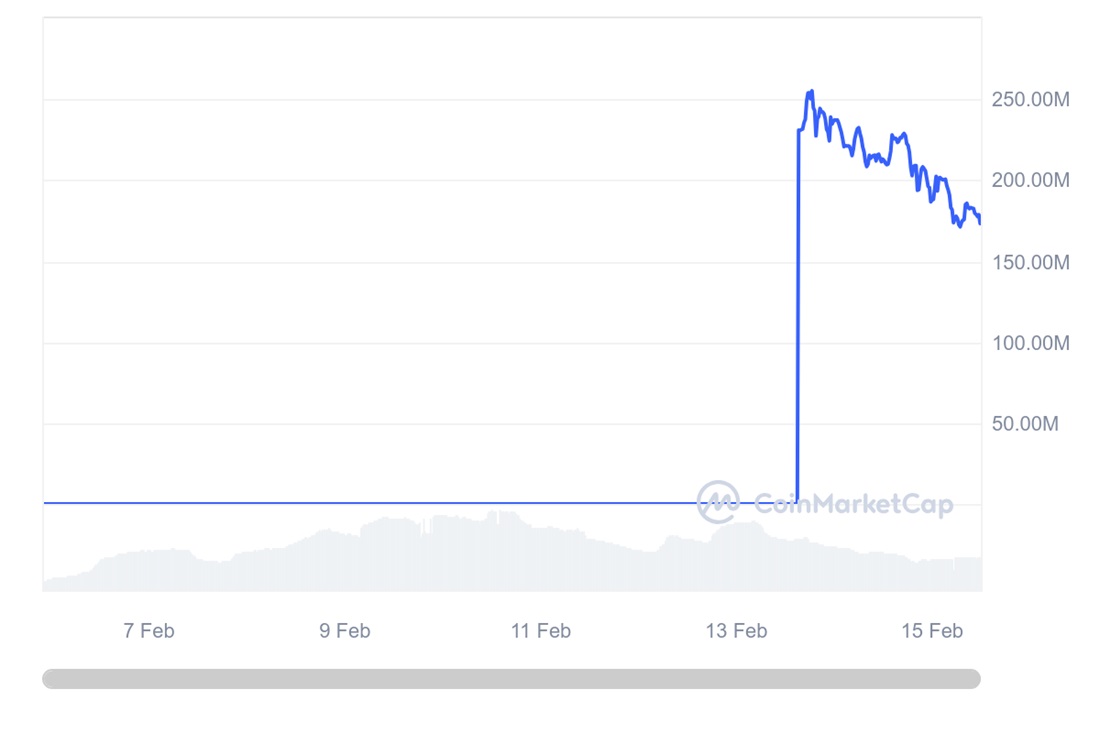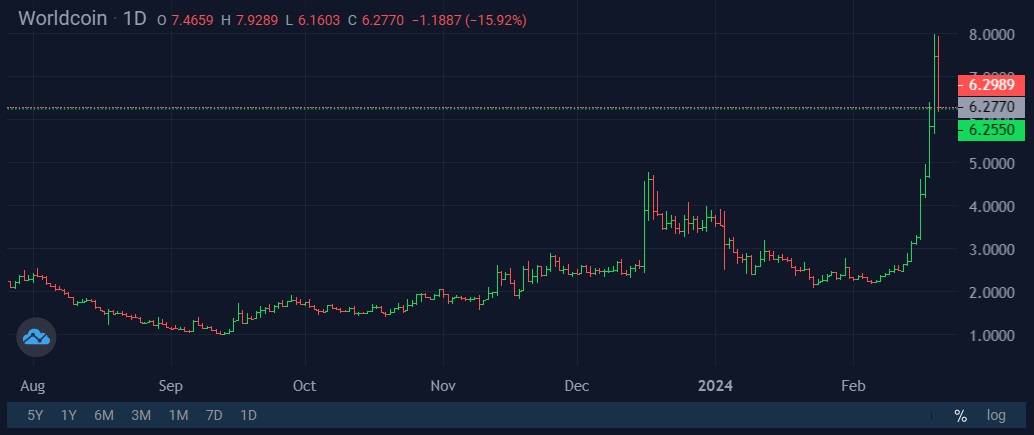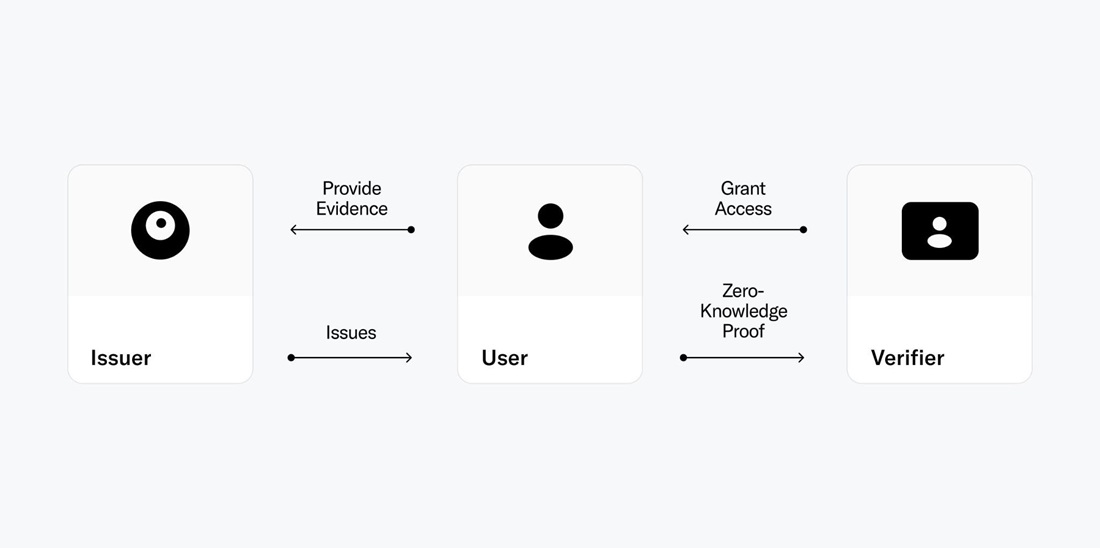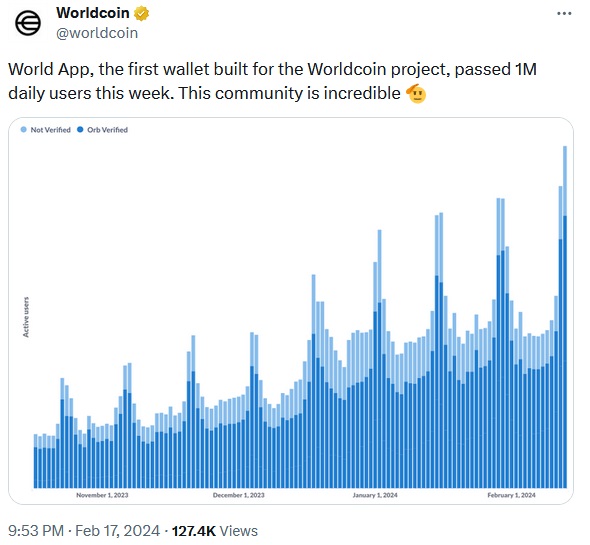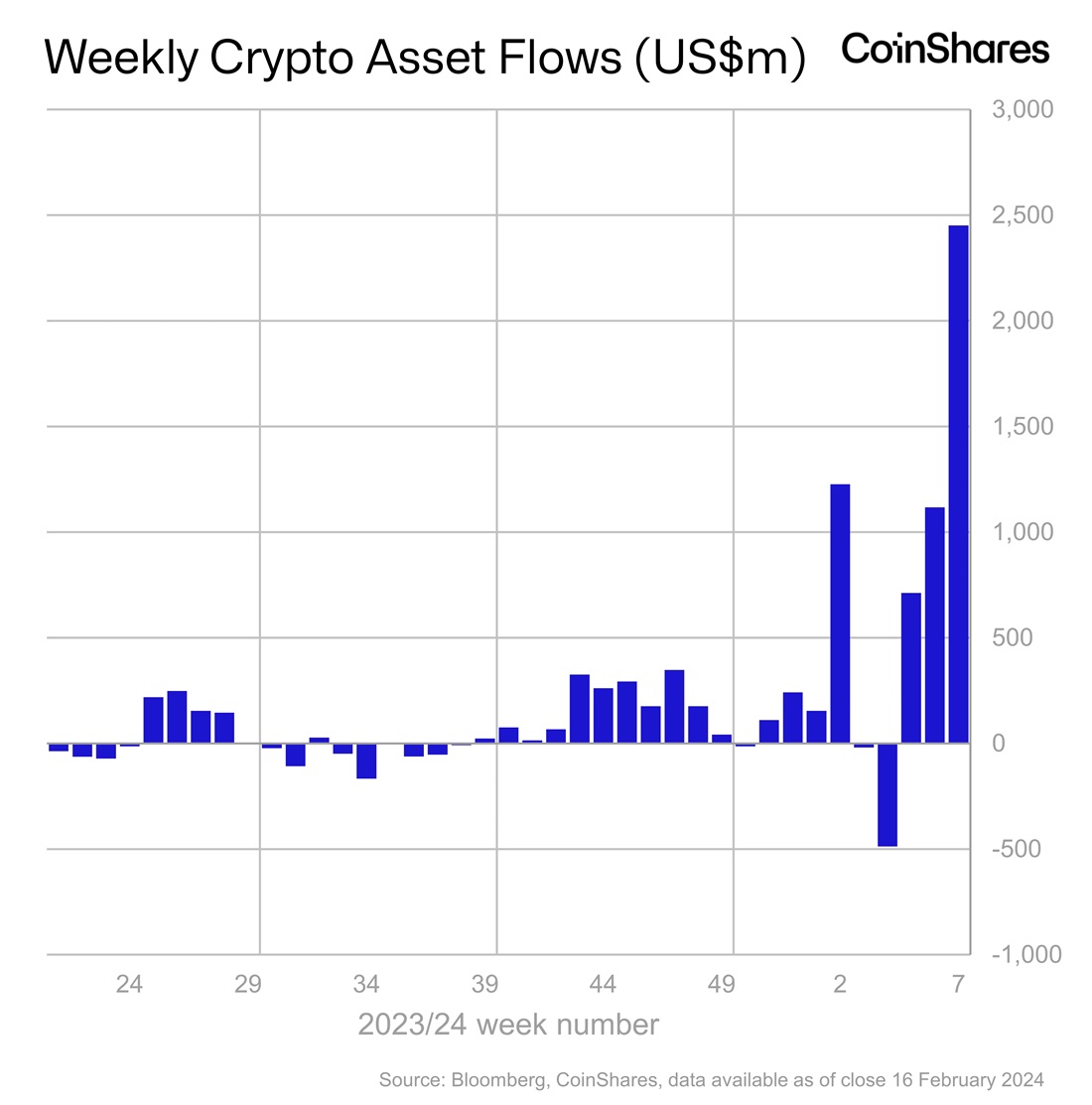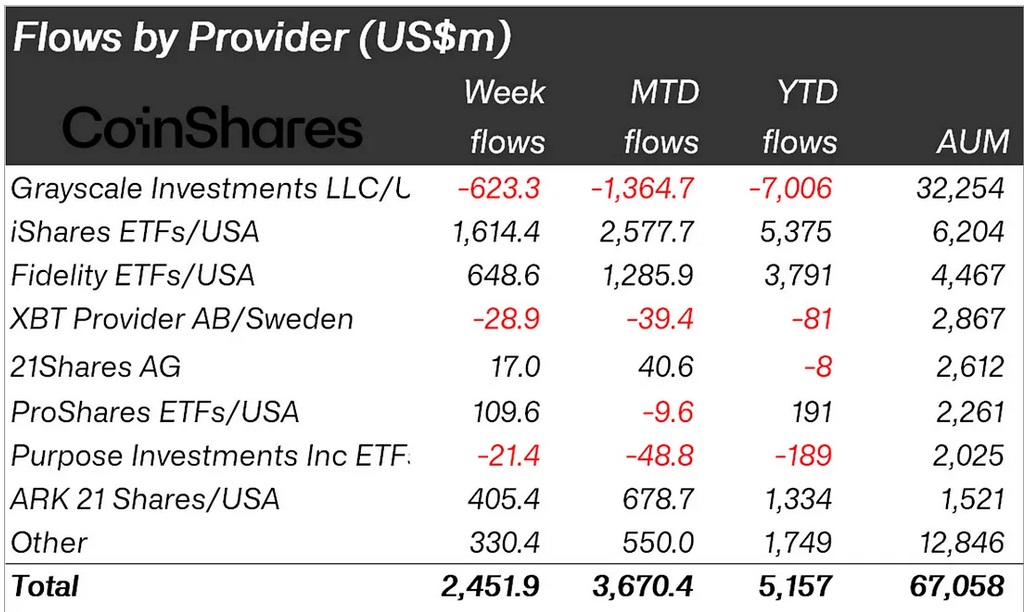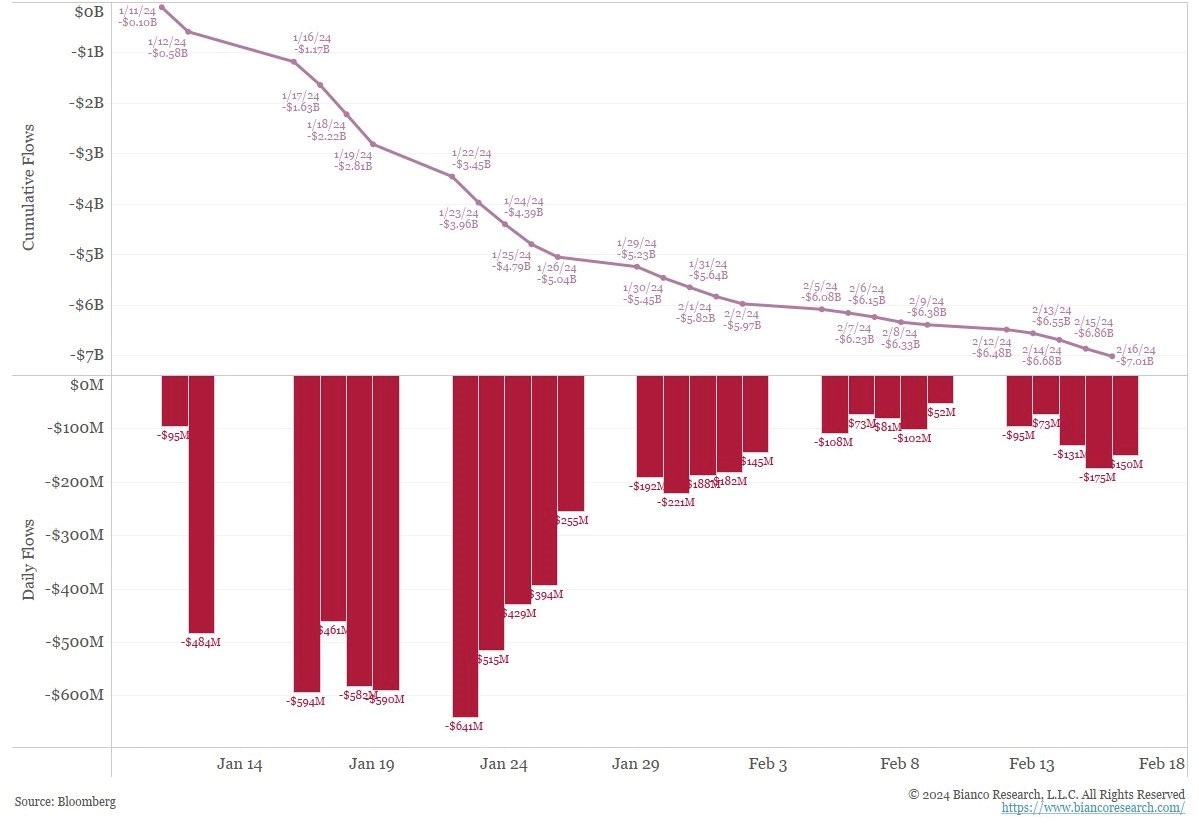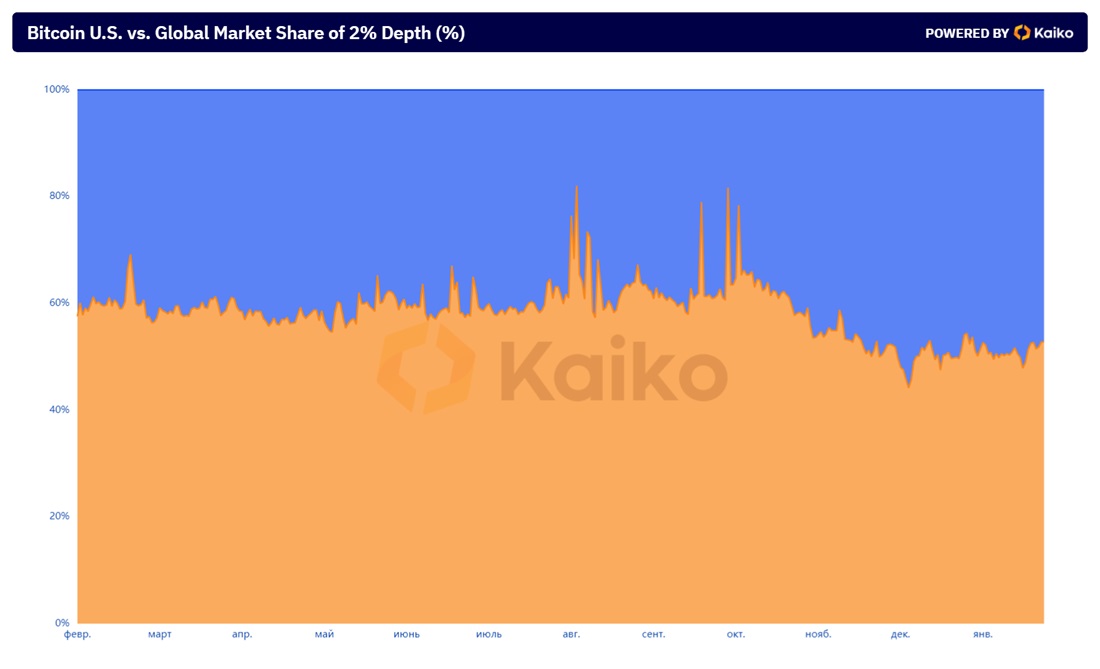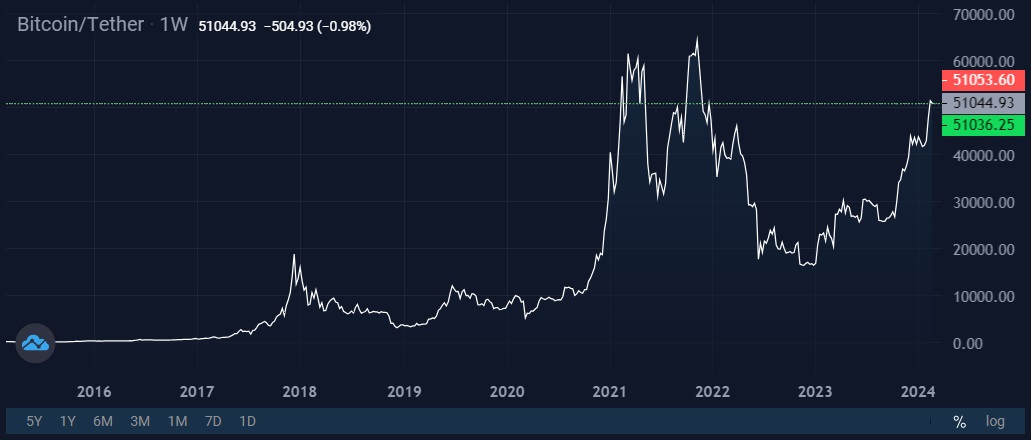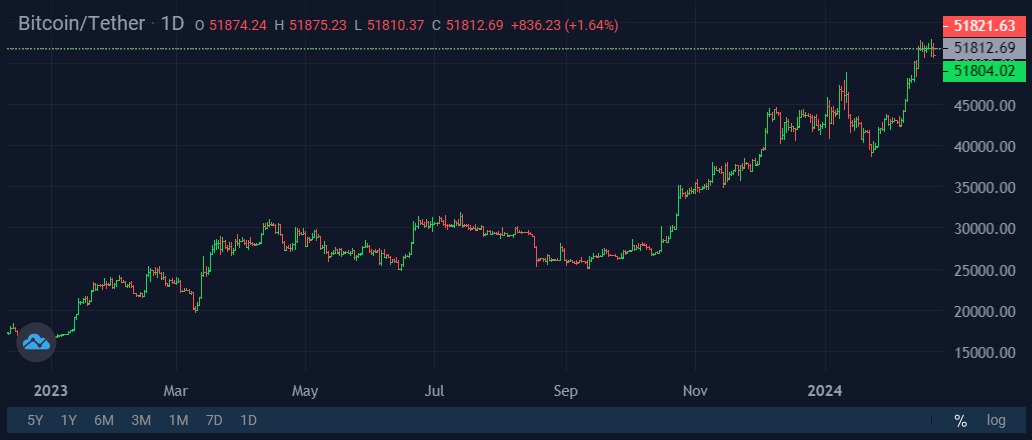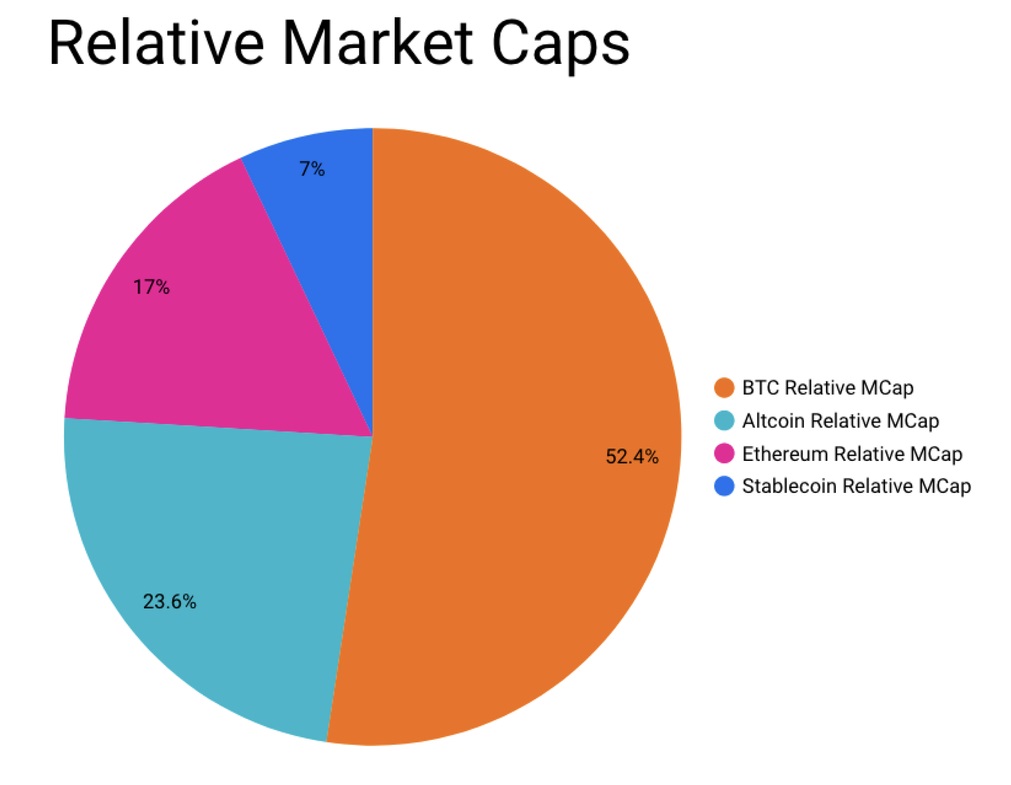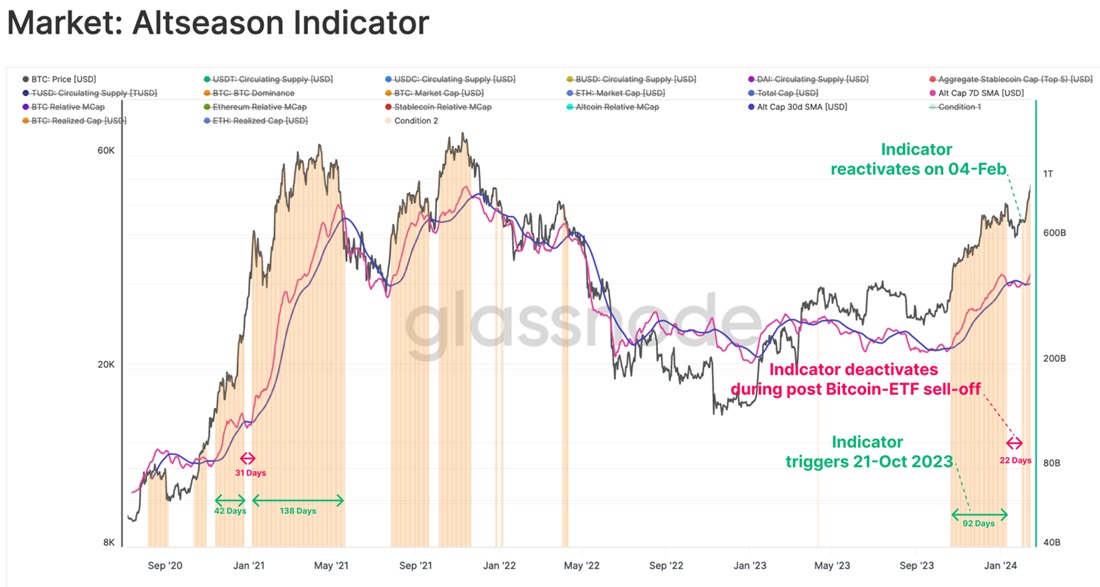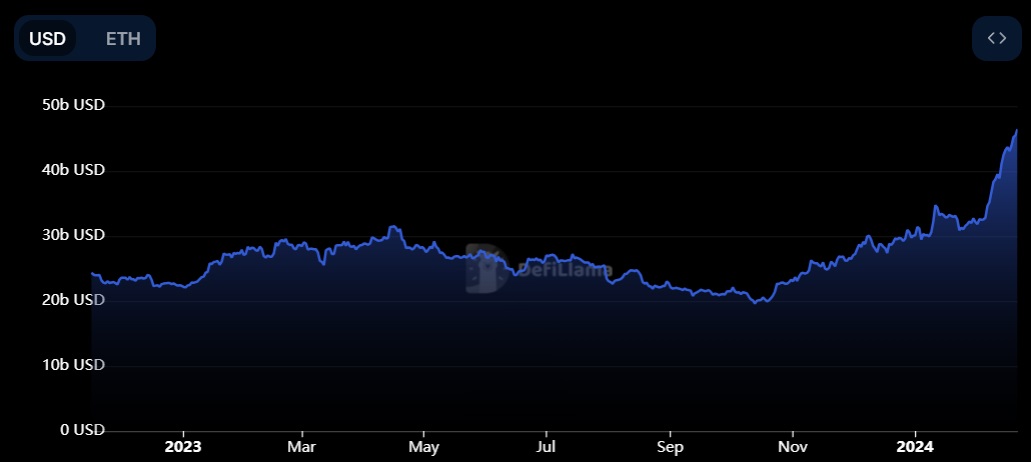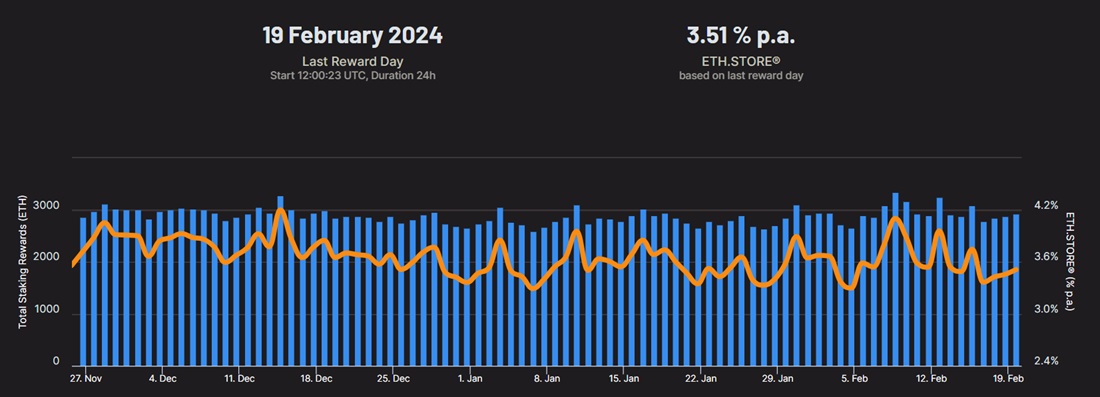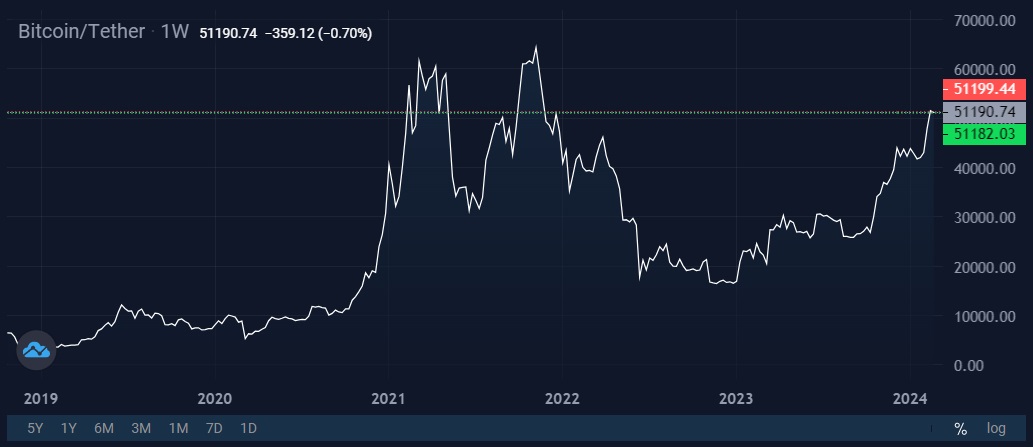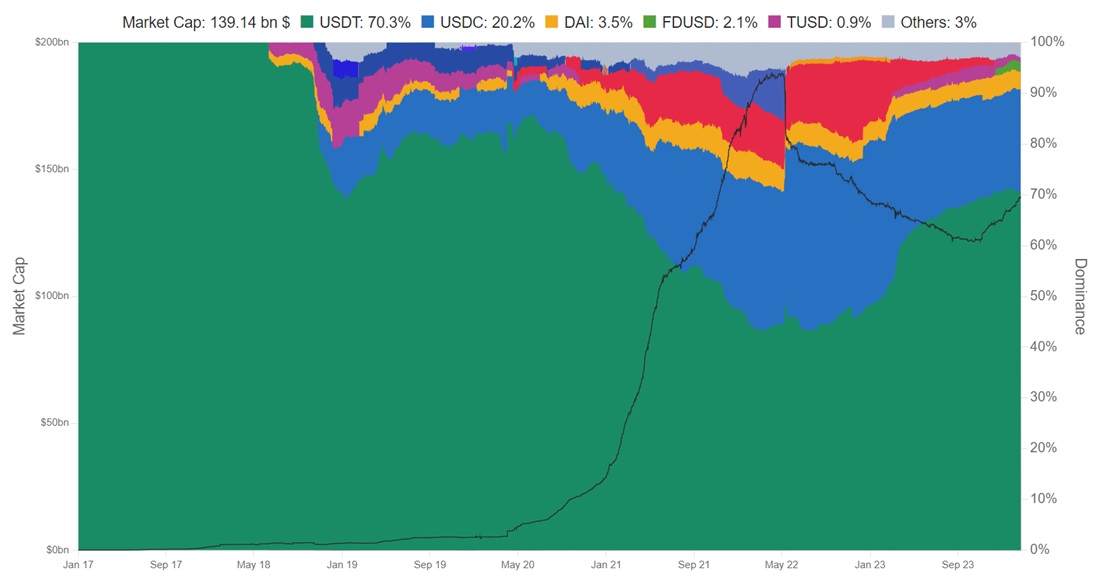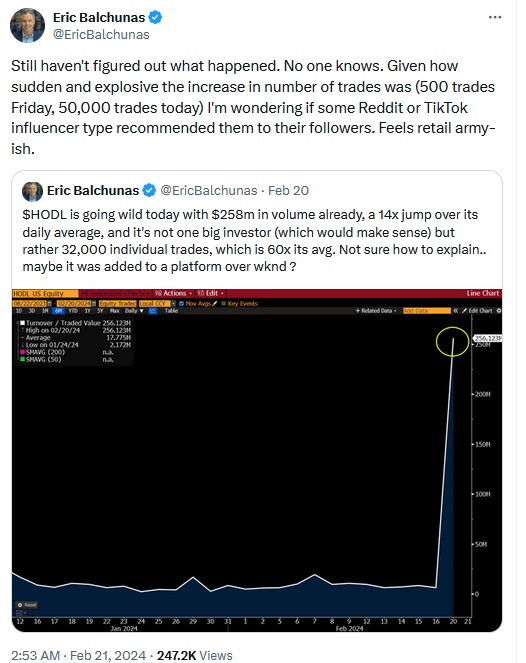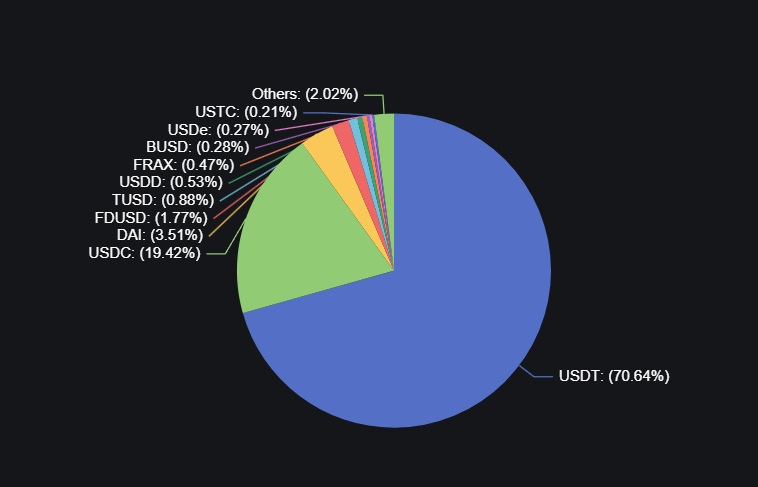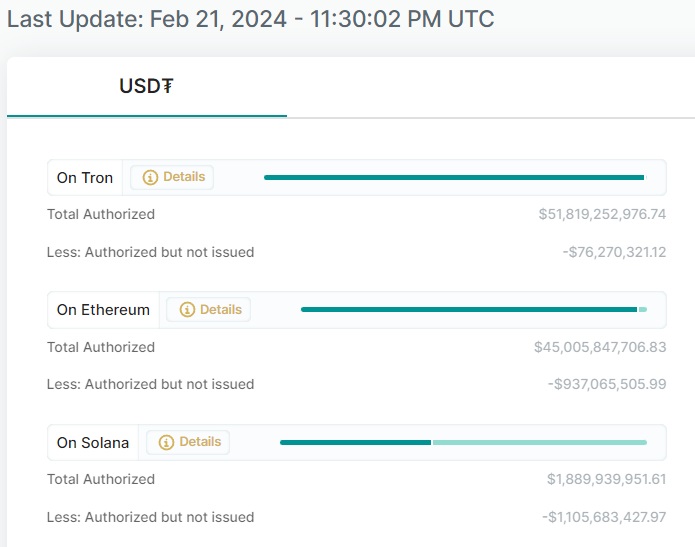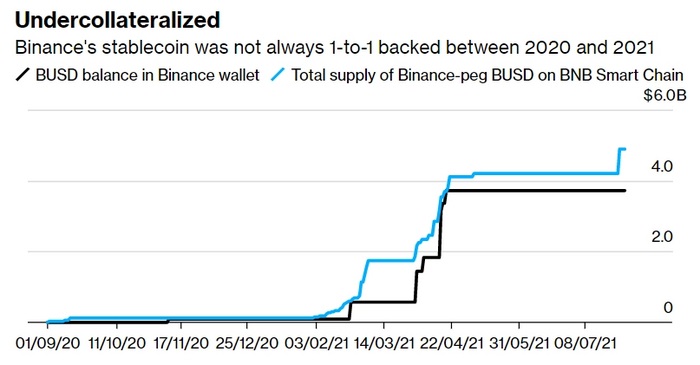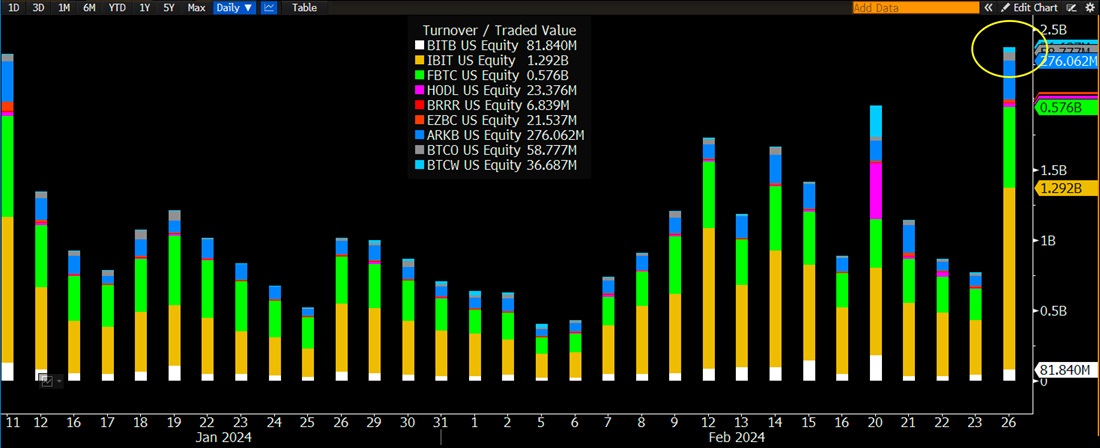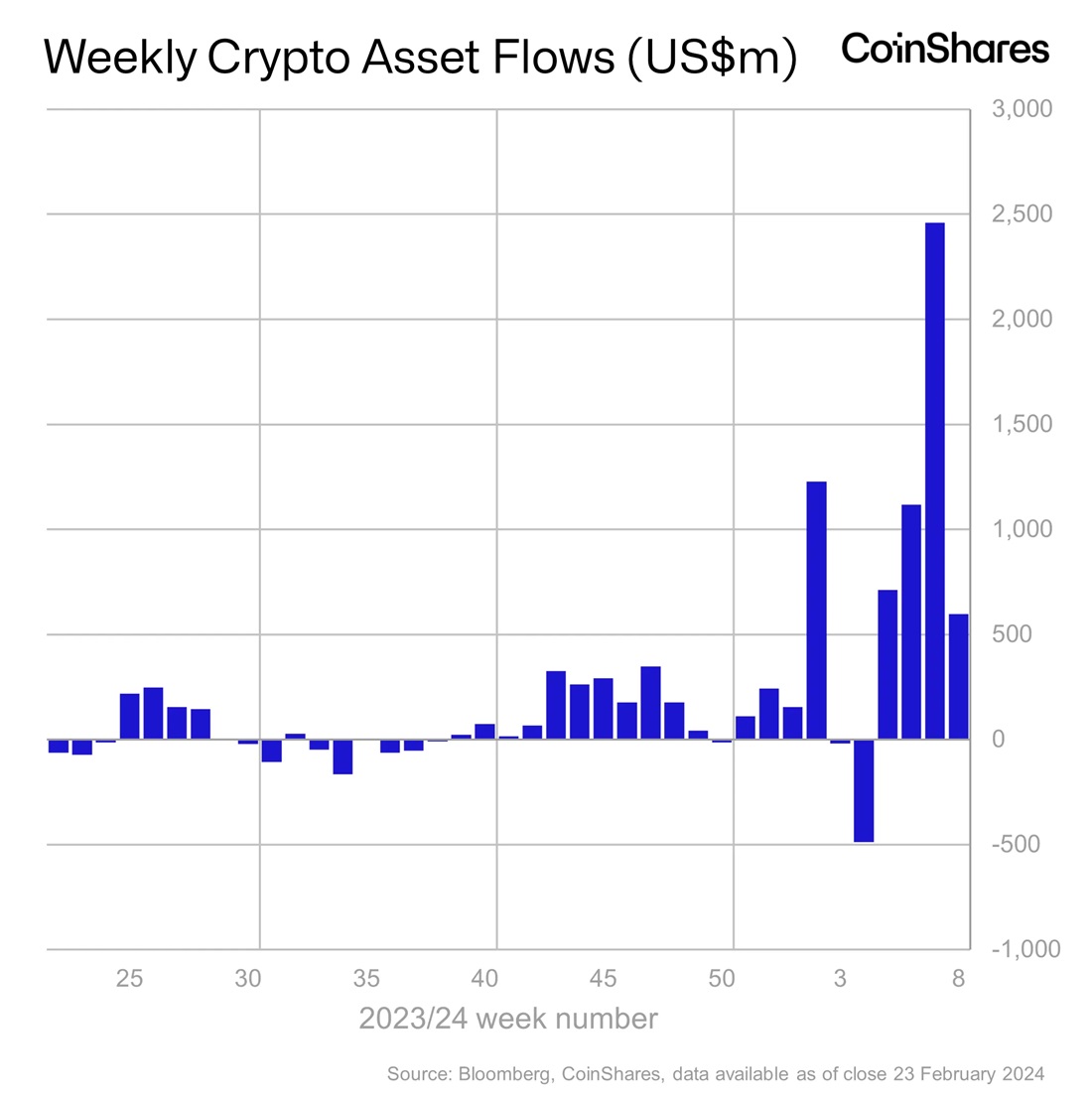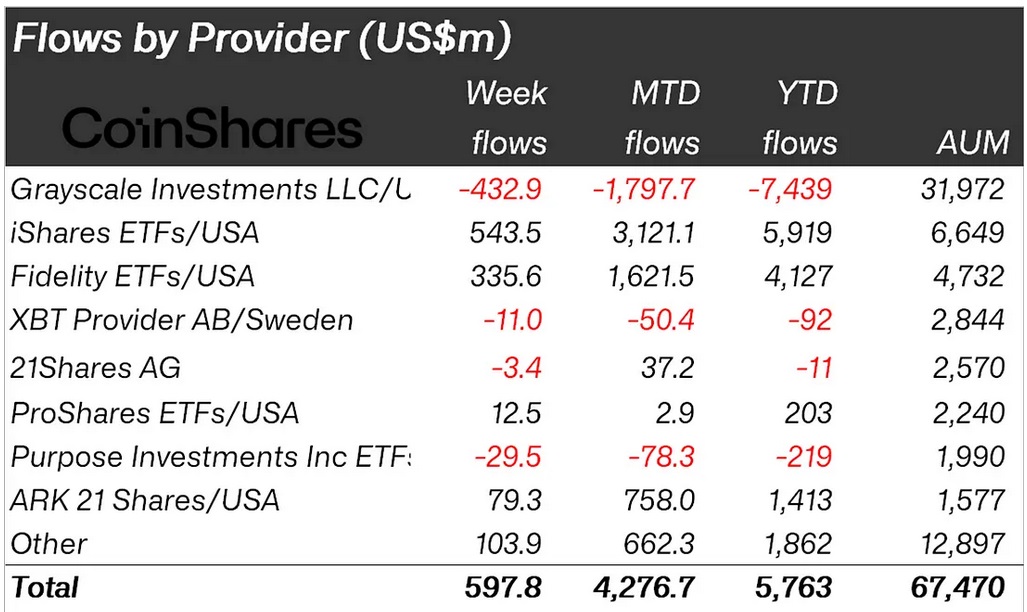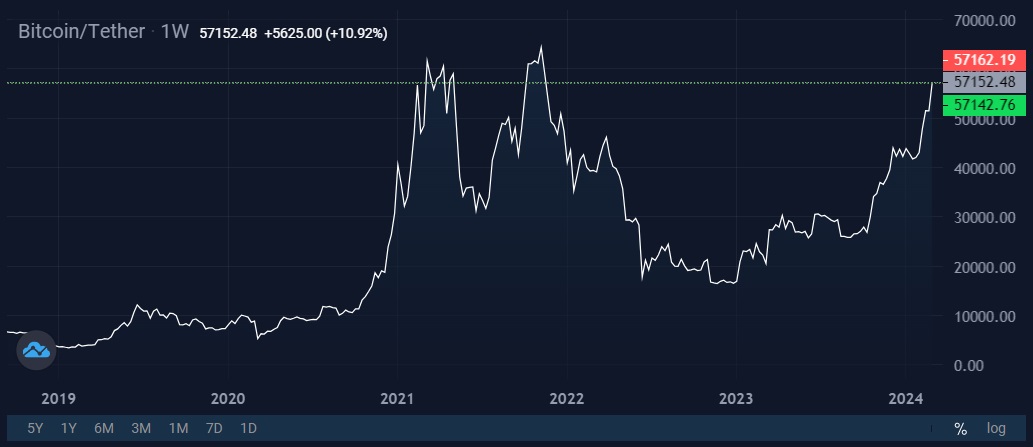What Is Bitcoin Halving? How Does It Work, and Will Bitcoin Go Up After Halving 2024?
Bitcoin halving is a term that often pops up in discussions about the world's most famous
cryptocurrency, often accompanied by speculation and anticipation. But what exactly does it mean, and why does it matter? In this article, we'll explore Bitcoin halving, how it works, its dates and what effect it can have on the price of Bitcoin, especially as we approach the next halving event in 2024.
There are 3 eras of currency: Commodity based, politically based, and now, math based.— Chris Dixon, technology investor.
What is Bitcoin halving?
Basics of the Bitcoin network and mining
The Bitcoin network operates as a decentralised digital ledger, or
blockchain, that records all transactions made with the cryptocurrency. Each block in the blockchain contains a set of transactions, and blocks are linked together in a sequential and immutable chain. At its core, Bitcoin utilises a peer-to-peer network of computers called nodes, which store a copy of the blockchain and collectively maintain the blockchain through a process known as
mining.
Mining plays a crucial role in maintaining the
security and integrity of the Bitcoin network. Bitcoin mining involves the process of solving complex mathematical puzzles to validate and record transactions on the blockchain. The difficulty of the mining puzzles adjusts periodically to ensure that blocks are mined consistently, approximately every 10 minutes. Miners compete to find a solution to these puzzles using specialised equipment, with the first one to find a valid solution being rewarded with newly minted BTC and transaction fees. This reward serves as an incentive for miners to contribute their computational resources to secure the network.
Mechanism of Bitcoin halving
Miners are rewarded with newly created BTC for successfully mining a block. But this block reward isn't constant. It decreases at certain intervals in a process known as halving.
Essentially, Bitcoin halving is a programmed reduction in the reward that miners receive for adding new blocks to the blockchain. The halving event occurs after every 210,000 blocks mined, which is approximately every four years. This interval is hardcoded into the Bitcoin protocol.
When the predetermined block height is reached, the mining reward is halved. Initially set at 50 BTC per block when Bitcoin was launched in 2009, the reward is reduced by half, resulting in 25 BTC per block after the first halving, 12.5 BTC after the second halving, and so forth.
Bitcoin halving is a mechanism designed to control the rate at which new BTCs are created and introduced into circulation. By reducing the block reward that miners receive for adding new blocks to the blockchain, halving events serve to limit the inflation rate of Bitcoin. This controlled supply issuance is a key aspect of Bitcoin's deflationary monetary policy, ultimately leading to a maximum supply of 21 million BTC.
Bitcoin inflation chart
The history of Bitcoin halvings
The Bitcoin algorithm dictates that there will be a total of 33 halving events. Once these 33 halvings are complete, the fixed portion of the block reward will diminish to less than 1 satoshi, effectively reaching zero, and the only reward for mining will be the transaction fees.
Previous Bitcoin halving events
So far, there have been three Bitcoin halving events.
Bitcoin halving dates history
When is the next Bitcoin halving?
The exact timing of the next halving event is difficult to predict as it depends on the rate at which new blocks are mined, which can vary depending on fluctuations in the network hashrate. According to estimates, the nearest Bitcoin halving will occur in late April 2024.
The future Bitcoin halvings
You can watch the countdown to the next Bitcoin halving in real time if you wish. A Bitcoin halving countdown feature is available on various websites and apps and tracks progress towards the next Bitcoin halving event.
Bitcoin halving countdown
Will Bitcoin go up after halving 2024?
But what happens after a Bitcoin halving event? Does Bitcoin halving increase the price of Bitcoin? Well, let's try to figure it out.
Supply and demand dynamics
Halving reduces supply by lowering the rate at which new BTCs are created. However, while this reduction in supply growth was noticeable after the first halving, the reduction after each subsequent halving is less and less significant. As of now, 93.50% of Bitcoin's maximum supply has already been mined, and the day's supply growth reduction due to halving will amount to less than 0.1% of the daily trading volume.
Impact of the previous halving events on Bitcoin's price
Looking at the Bitcoin price
behaviour after previous halvings, it's easy to notice a certain pattern. After a halving event, the Bitcoin price entered a period of consolidation or sideways movement that lasted from a few weeks to a few months. Following the consolidation phase, Bitcoin has historically entered into a bull market cycle characterised by sustained price growth and increasing investor optimism. This bull market cycle lasted from a few months to over a year, and the Bitcoin price reached new all-time highs in the process.
Nevertheless, correlation doesn't necessarily imply causation, and it's difficult to say how much influence the halving events themselves have on this pattern or if there is any at all.
Bitcoin halving price chart
Bitcoin halving 2024 price prediction
Given the historical pattern, many hope the halving will again trigger a bullish cycle in the market and push Bitcoin to new all-time highs. At the moment, the Bitcoin price is showing a clear bullish trend. Although Bitcoin's growth is fuelled, among other things, by investors' expectations of new all-time highs due to the approaching halving, one of the key drivers of Bitcoin's current growth is still the increasing demand from institutional investors with a steady inflow of funds into
Bitcoin spot ETFs.
Given the optimistic expectations of investors, as well as economic and political developments in the world, there's a possibility that as early as 2024, the price of Bitcoin could exceed the current all-time high. However, this doesn't mean there will be no corrections, possibly quite deep ones, in the process.

